Yarn sizing: A Process for prepare yarn for weaving
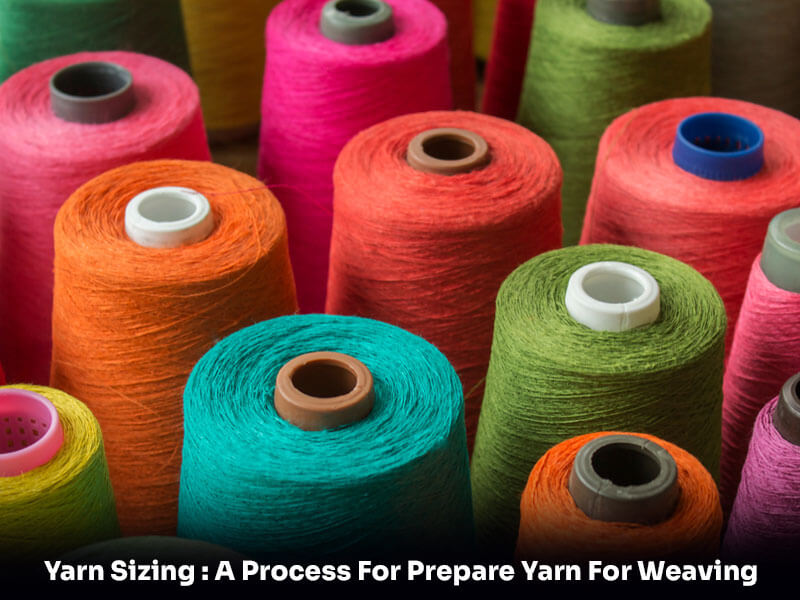
Any textile company’s main goal is to produce ‘quality’ fabric as cheaply and efficiently as possible. Size paste can be used in a variety of ways to achieve the goal of sizing, which is to bind the fibre and coat the yarn to increase its strength, abrasion resistance, and smoothness and uniformity.
What is Yarn Sizing?
Any textile company’s main goal is to produce ‘quality’ fabric as cheaply and efficiently as possible. Size paste can be used in a variety of ways to achieve the goal of sizing, which is to bind the fibre and coat the yarn to increase its strength, abrasion resistance, and smoothness and uniformity.
Use of Yarn Sizing Techniques
Yarn sizing techniques vary according to how large the warp yarn needs to be. Hank sizing is used when only small quantities of the product are required. Weavers who use hand looms in India use this technique a lot of the time.
Advanced method of Yarn sizing
A slightly more advanced method of yarn sizing warp yarns is ball warp yarn size, also known as chain warp yarn size. This method is used when a slightly larger scale of sizing is required. When spinning mills sold their yarn in the form of sized warps ready for weaving, this method was popular in Europe. However, slasher sizing or tape yarn sizing is the most widely used method of yarn sizing around the world.
Objective of the process of textile sizing:
The following is the main goal of the textile Yarn sizing process:
- In order to make warp yarn more wearable
- Aim: To increase yarn’s fibres adhesion force between each other
- Weaving: Preventing the slippage of fibres in the yarn
- By applying adhesive film to the yarn surface, you can make the yarn twist irreversible. To prevent untwisting of the twisted yarn during weaving, it must be fixed.
- In order to make the warp yarn stronger
- In order to make warp yarn more resistant to abrasion.
- To prevent the yarn from rupturing when it passes through the drop pin, the eye of the heals wire, and the dent of the reed reed dent.
- In order to make warp yarns less tangle-prone
- Smoothness of warp yarn is improved.
- To ensure high-quality fabric when weaving.
- For the weaving process to run as efficiently as possible.
- Electrostatic charges in the yarn should be prevented during weaving.
Basic requirements for the Textile Yarn sizing process include the following.
- If possible, the adhesive film should have a high degree of pliability.
- There should be no elongation loss at the break of yarn.
- Due to abrasion during weaving, the adhesive film should not crack.
- The warp’s moisture content should be kept at a reasonable level.
- Sized beams need to have at least one sticking end.
- Ensure that the yarn sizing liquor penetrates the yarn before yarn sizing. Ideally, it shouldn’t be limited to the surface of the fibre.
- You should keep the stretch percentage as low as possible in order to minimize the shrinkage at break.
- To reduce warp breakage during weaving, the size pick-up should be correct.
- Picking up a size that is too small or too large is always risky when it comes to sizing. Inevitably, these factors should be controlled.
- To get a uniform tension in the sized beam, all the beams should have the same tension during sizing.
- Ideally, the adhesive film should be smooth to the touch.
- In the process, the yarn must not be torn or ripped.
- There should be a reduction in the amount of hair growth.
- Tension should be maintained in the beam winding.
- Short ends should be kept to a minimum.
- Using the correct denting order, the warp ends should be evenly distributed across the beam width.
Textile Yarn Sizing Process:

- A pre-prepared textile yarn sizing chemical is passed through a size box with the warp yarn sheet. A tension roller, an immersion roller, sizing roller, and a squeezing roller are used to pass the warp sheet through a sow box. The yarn sheet is then dried in steam-heated drying cylinders, where the water is evaporated from the yarn surface and a sizing chemical film is formed on it.
- In order to reduce hairiness and improve weaving ease, the yarn sheet is then passed over the after waxing roller to coat the textile yarn sizing chemical film with additional lubricants.
- It’s split after drying and waxing so that the yarns can regain their individual identity before being wound on the weaver’s beam.
- Because warp sheets coming out of the drying section adhere to each other, splitting is necessary. As the warp sheet is split by chromium coated Lease rods, the yarns which are stuck together by dried size are removed.
- Warp sheet is wound on the weaver’s beam after splitting the warp sheet in half. Depending on the width of the beam, the warp sheet is passed through an adjustable reed that can be expanded or collapsed.
Properties of the textile Sized yarn:
Size components are typically utilised in warp yarn, although they can also be used in weft yarn. In any case, the following features are obtained by adding size ingredients to the yarn. The following are the properties of sized yarns:
- Higher elasticity
- Higher yarn strength
- Lower flexibility
- Lower extension or elongation
- Lower frictional resistance
- Increased smoothness
- Less weakness
- Insensible to over drying Less hairiness
As a result, the physical properties of cellulosic fibres used to make a weaver’s beam are altered by textile size ingredients.
Different textile Yarn Sizing For Different Textile Materials:

The stresses and strains that each type of textile material is subjected to throughout the weaving process affect it differently. Cotton material, for example, reacts differently than polyester material. Because of their greater cohesiveness and filament length continuity, continuous filament yarns are more resistant to weaving stresses.
In such circumstances, the goal of size is to improve abrasion resistance rather than strength. The textile material’s toughness is more significant than its strength. In this regard, synthetic fibres are favorable. Each form of textile material has its own set of advantages and disadvantages, and the sort of size ingredients used to compensate for these differences must be chosen accordingly.
Conclusion:
The most significant term in weaving technology is yarn sizing. During beam preparation, after winding and warping, the yarn is sized. Yarn Sizing is accomplished by smearing various size materials onto the yarn. Steam is required for the application of size materials. Sizing is a safeguarding procedure. Yarn sizing is the process of putting a protective adhesive coating to the yarn’s surface. The most crucial procedure for achieving optimum weaving efficiency, especially for blended and filament yarns, is this one. Sizing is referred as the “heart” of weaving.
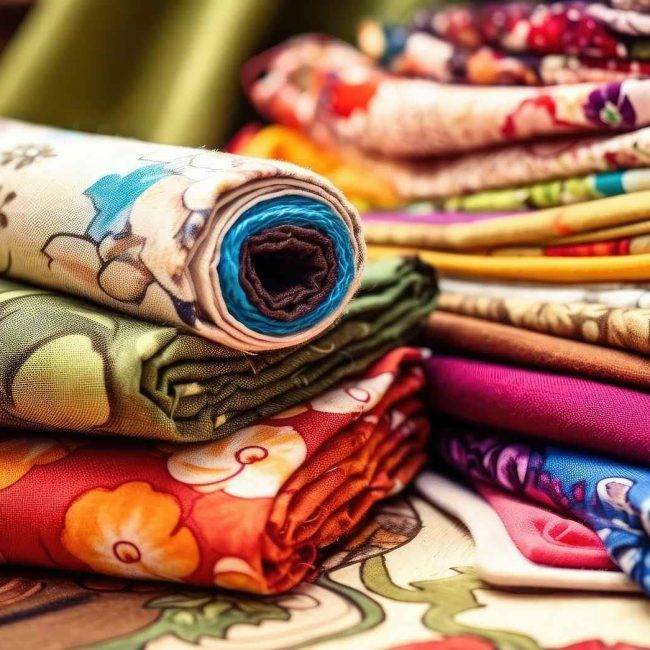


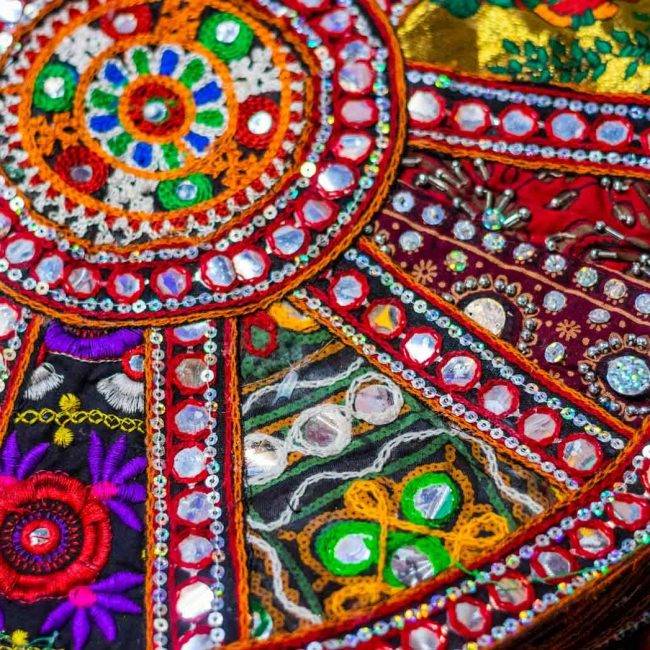
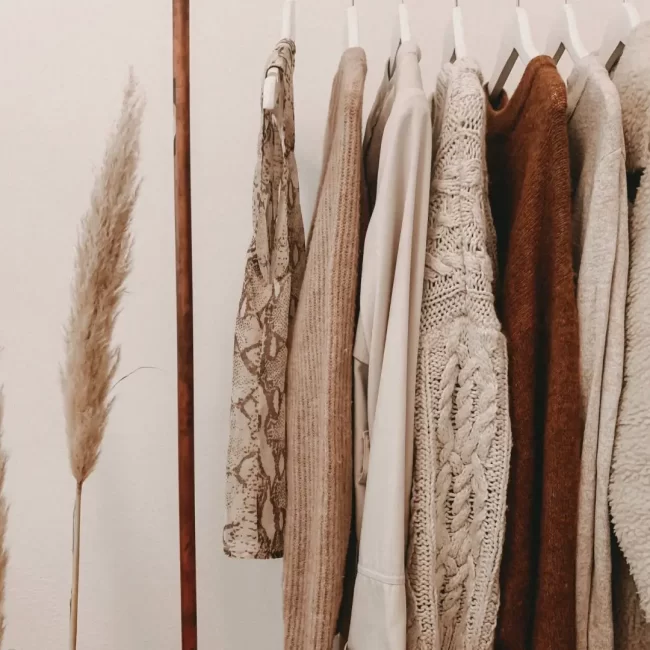
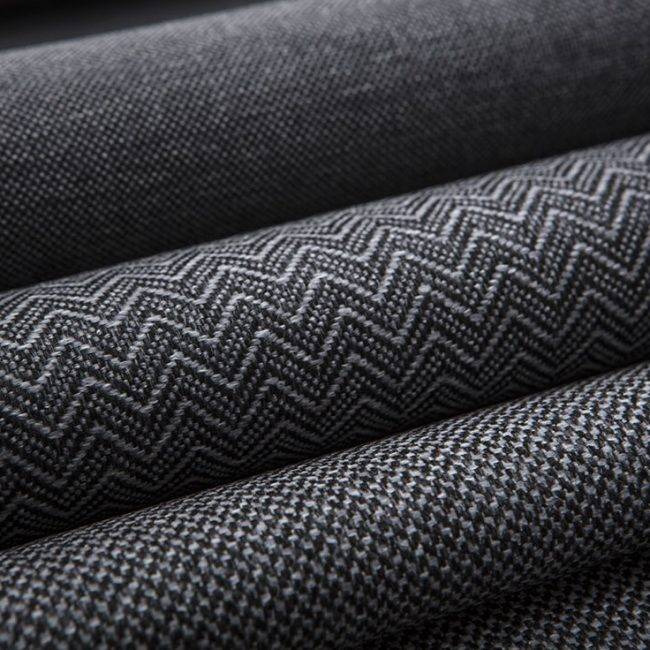


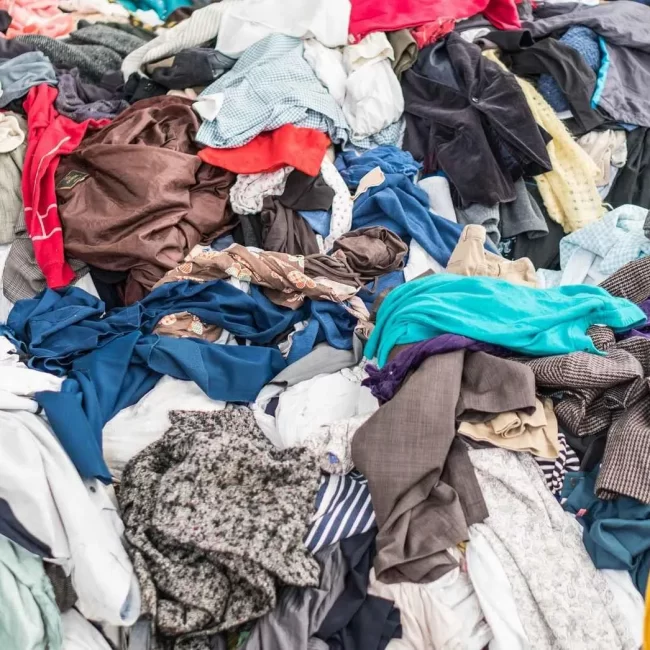
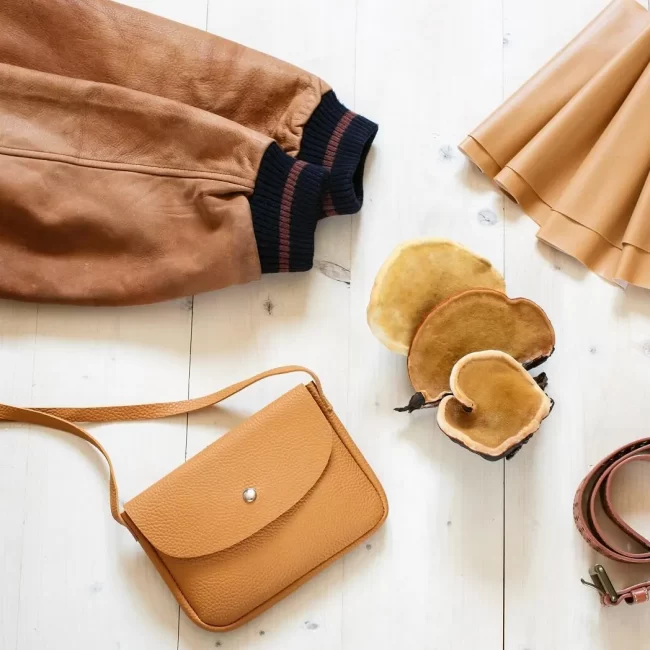
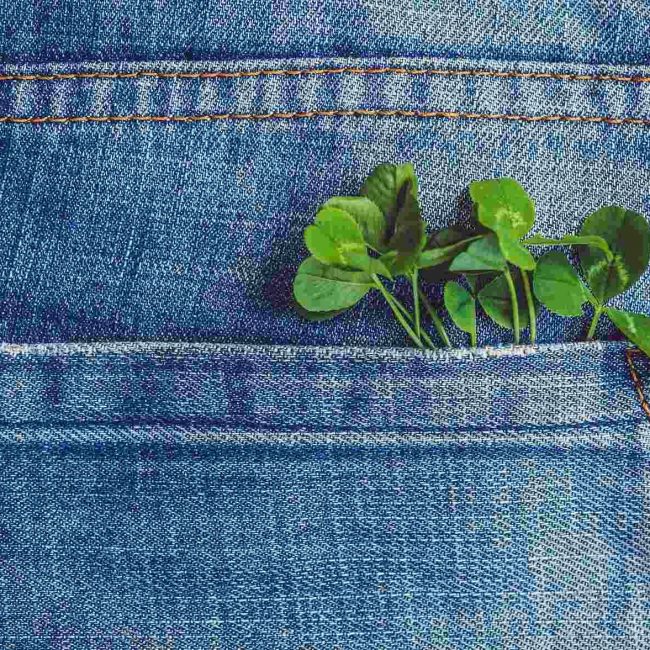


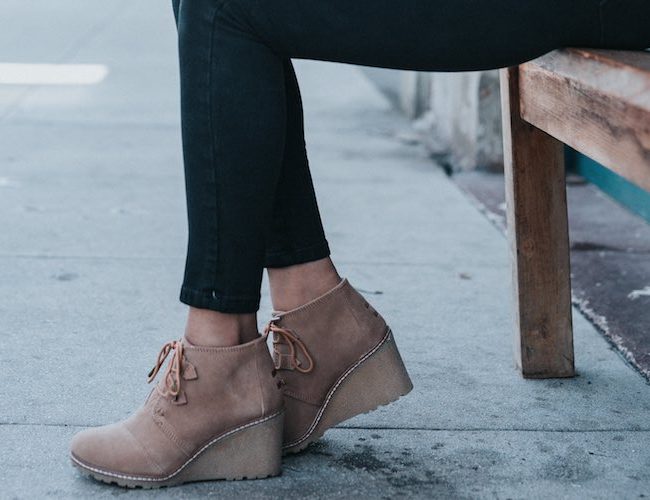
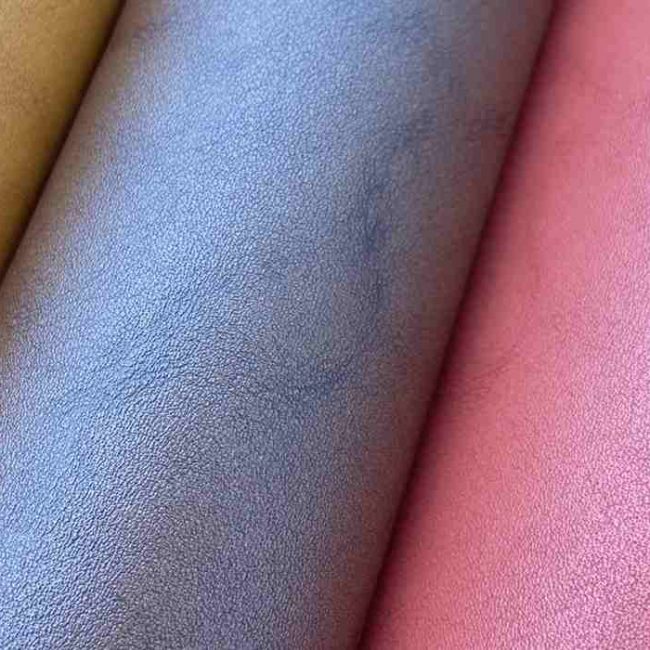
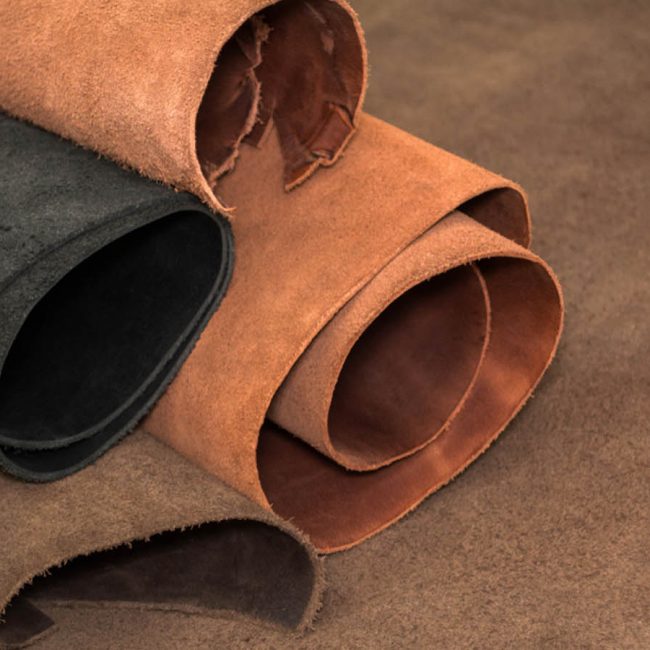
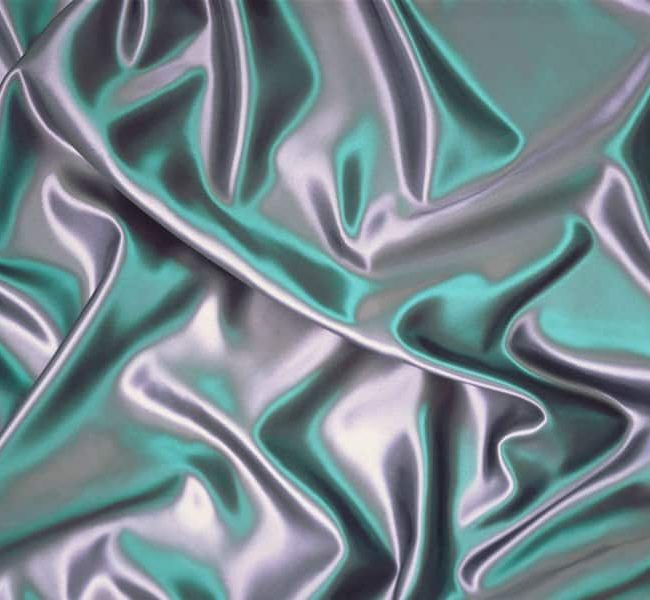
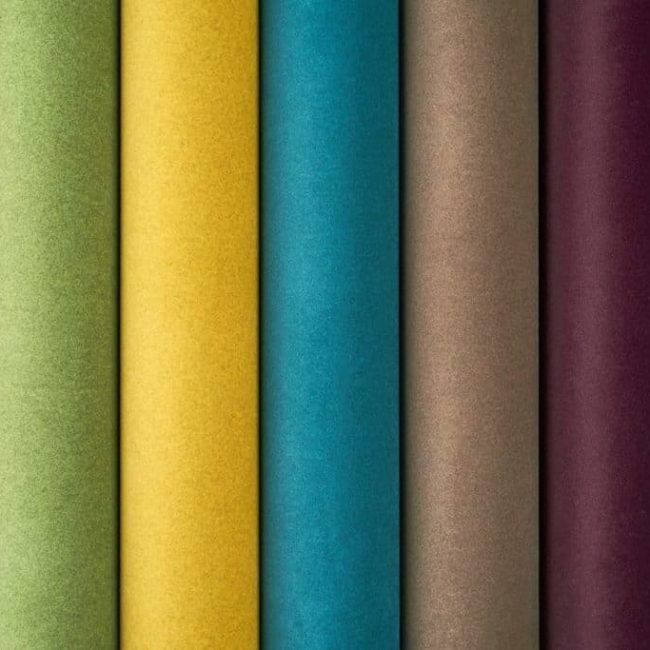
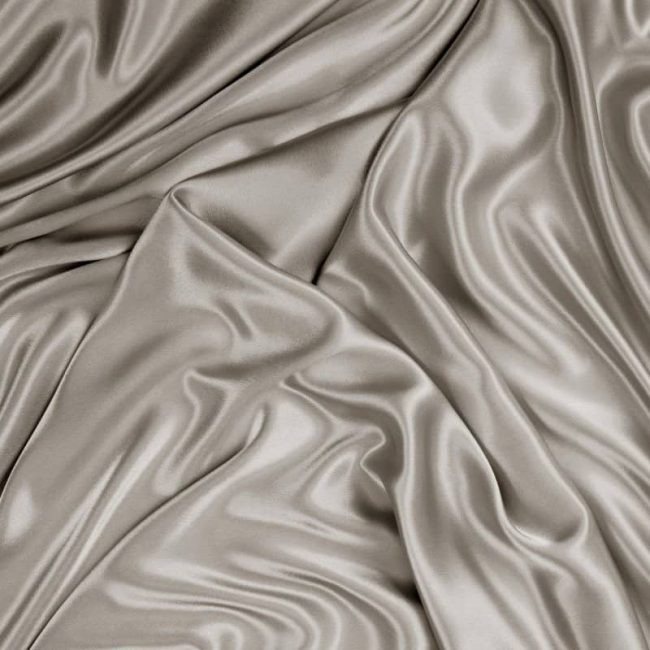

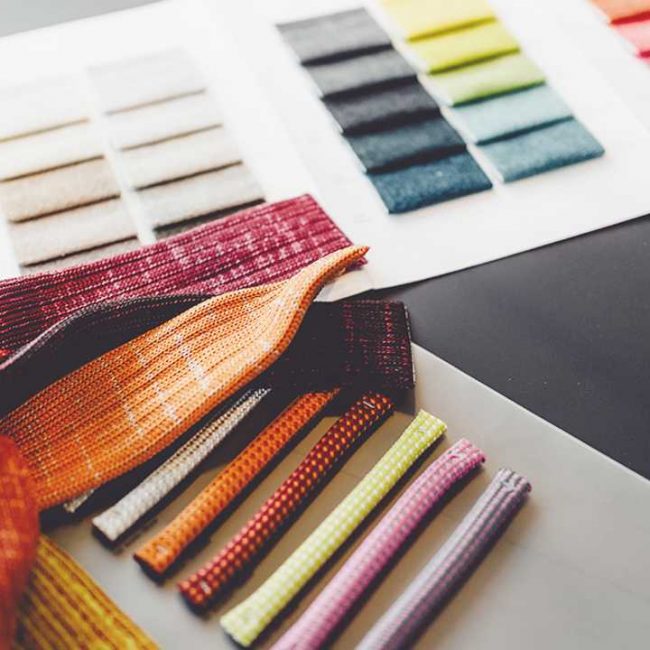
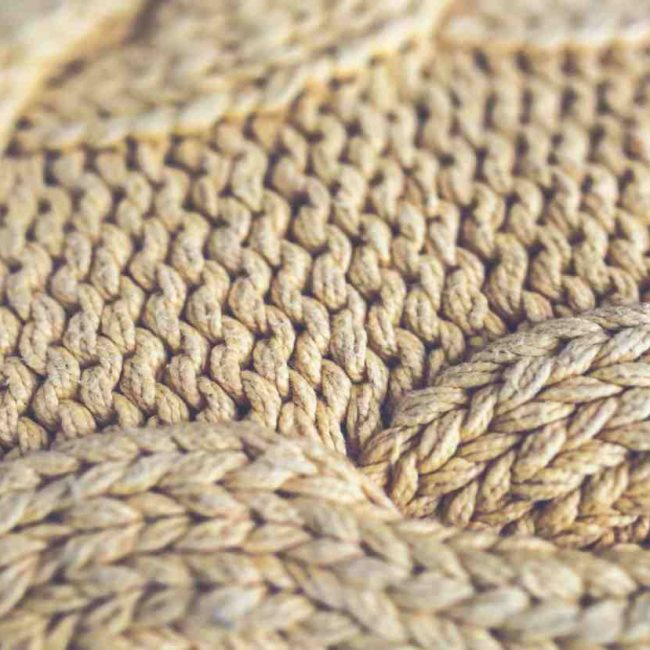

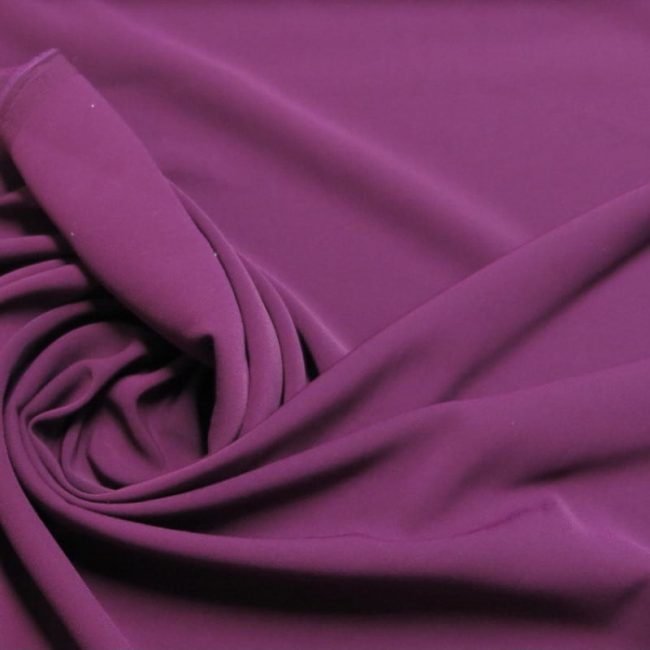
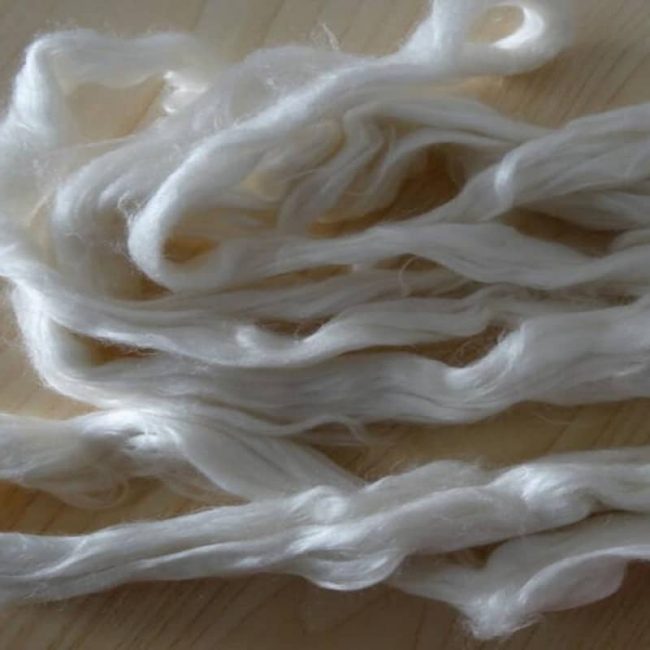
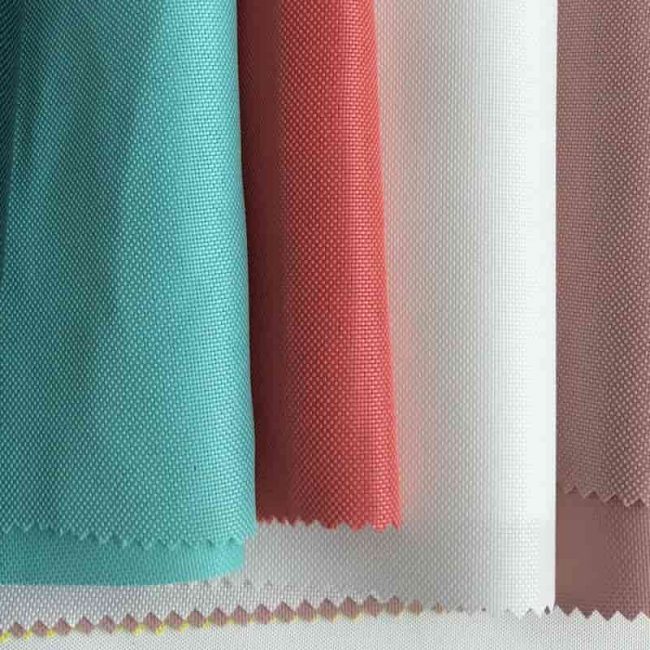
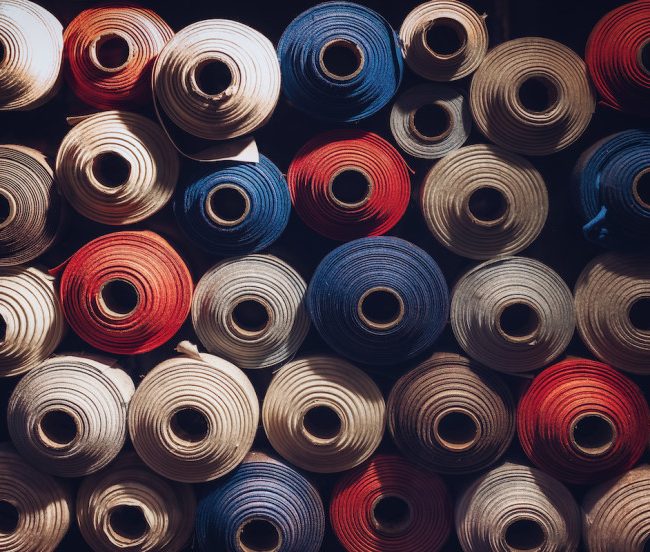
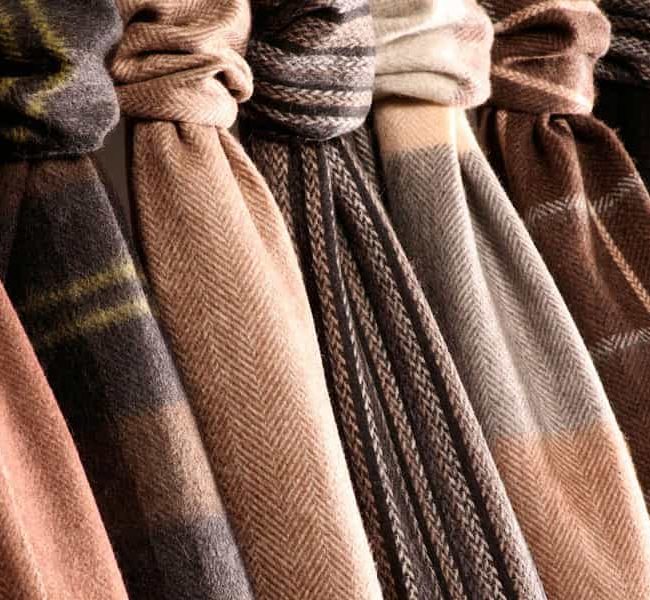
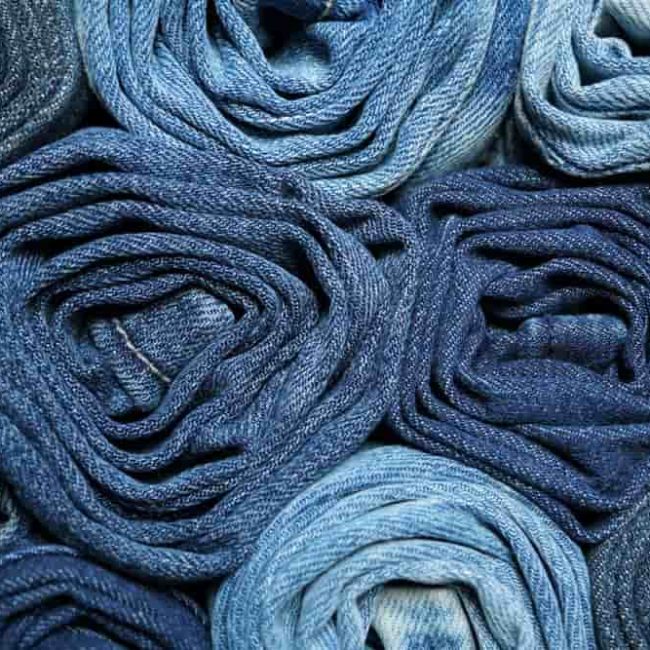
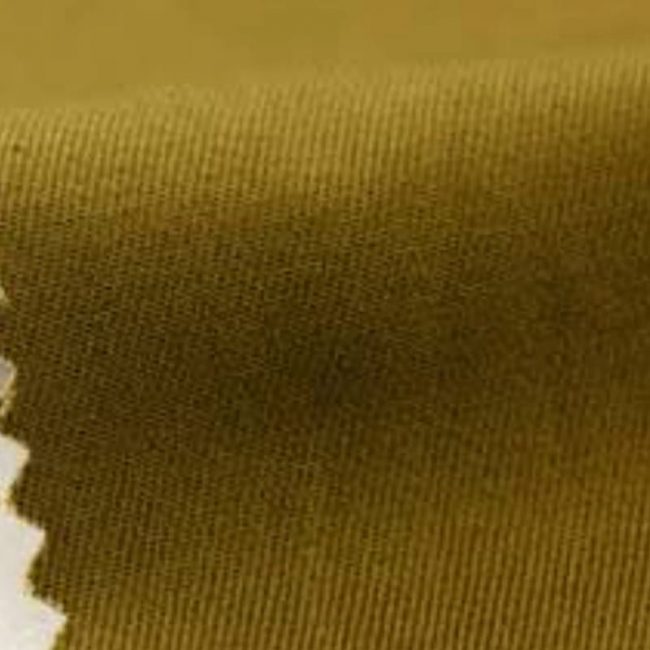
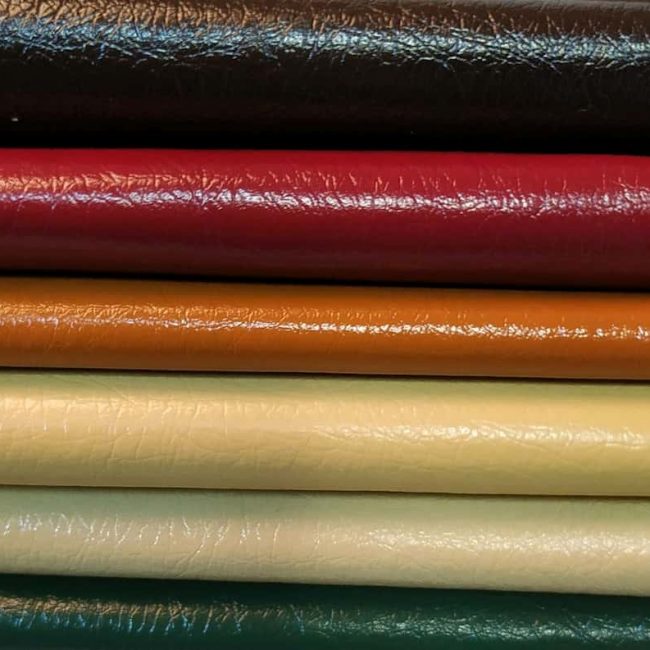
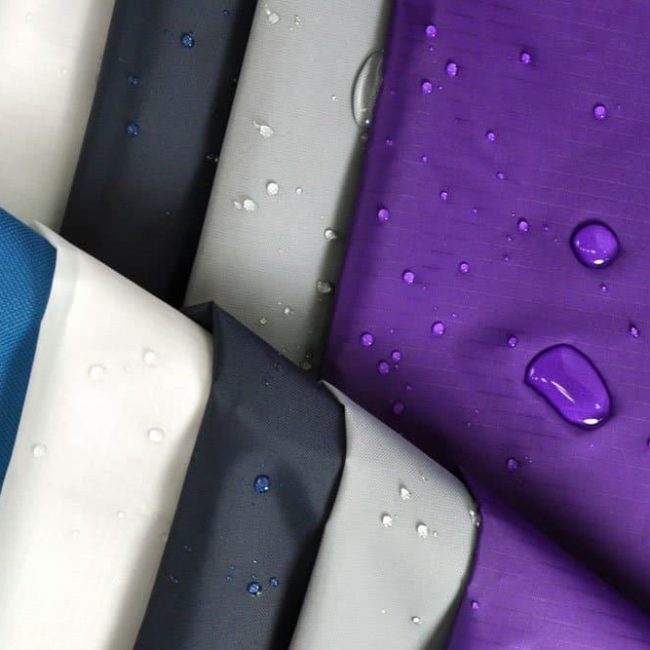
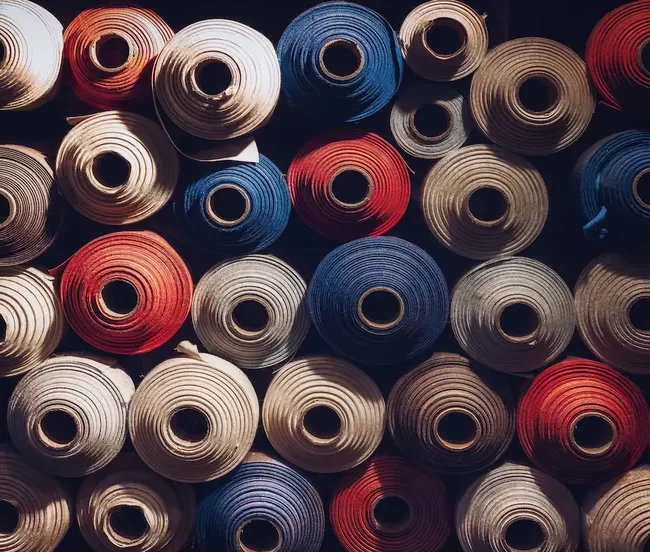
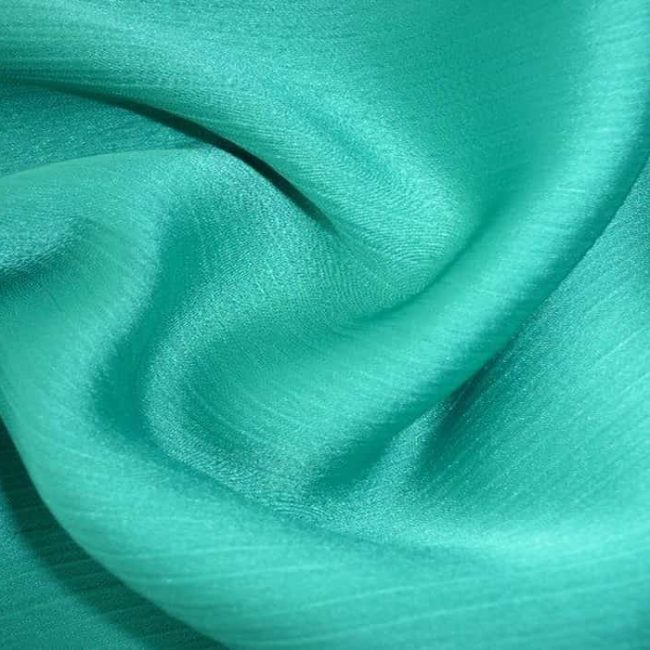

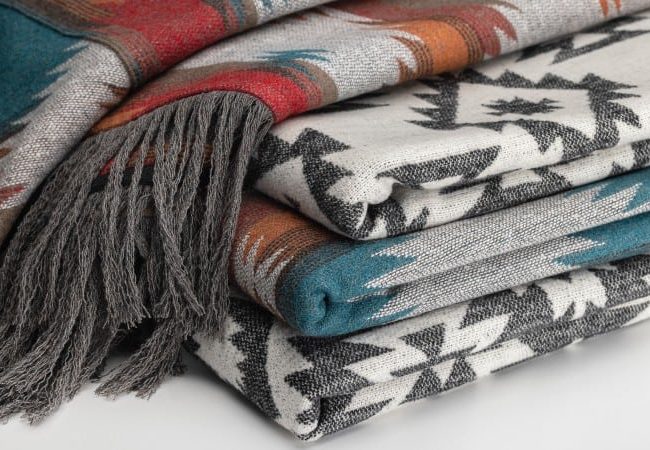

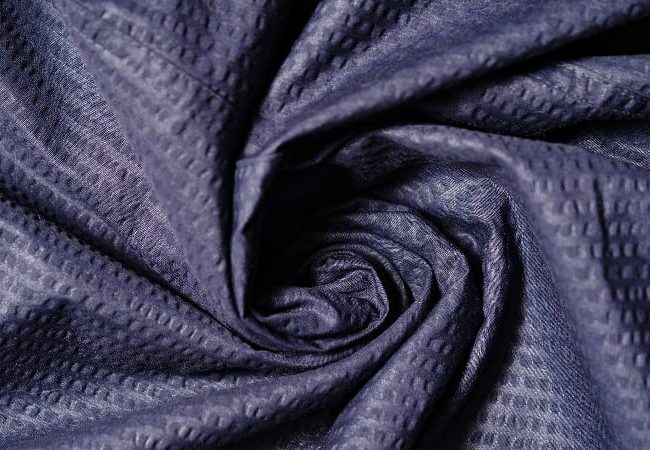

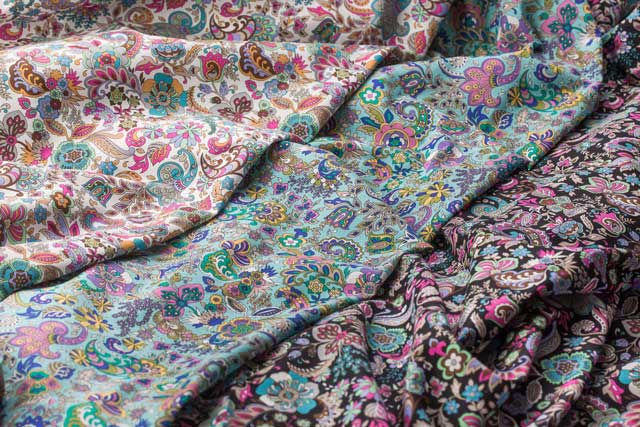


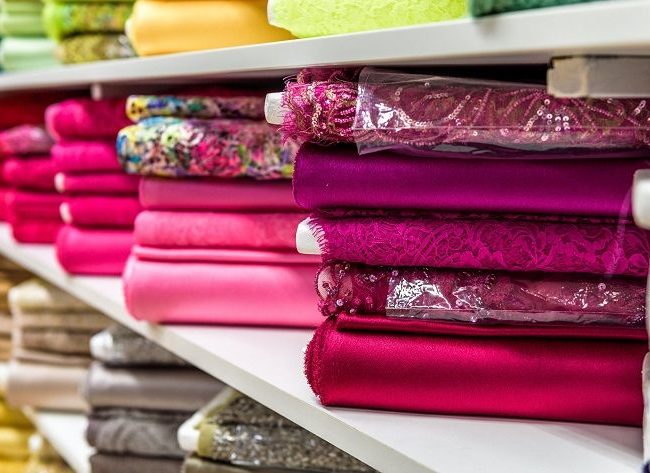
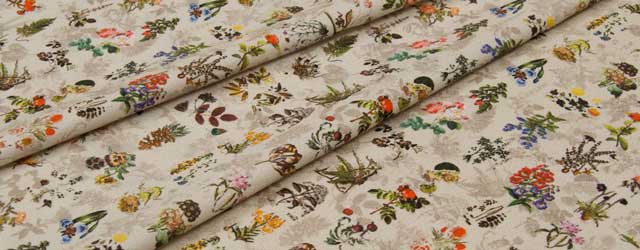

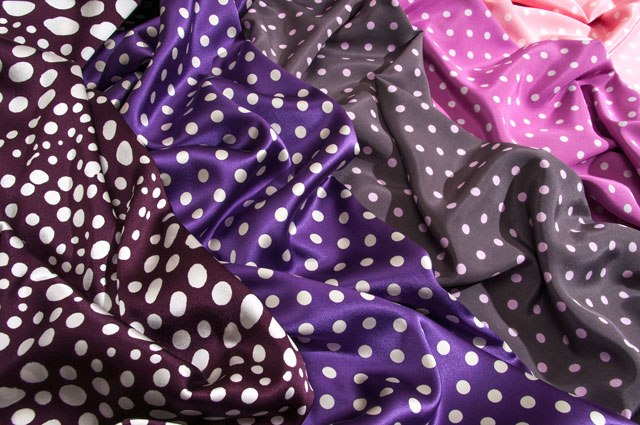
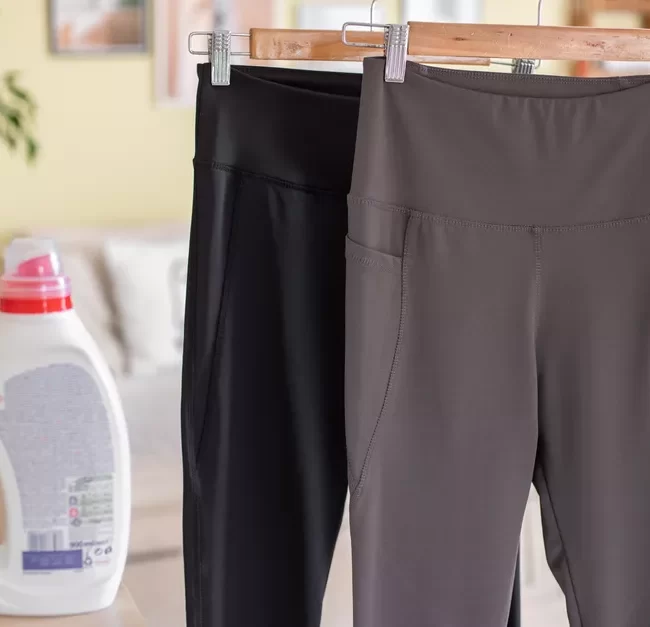
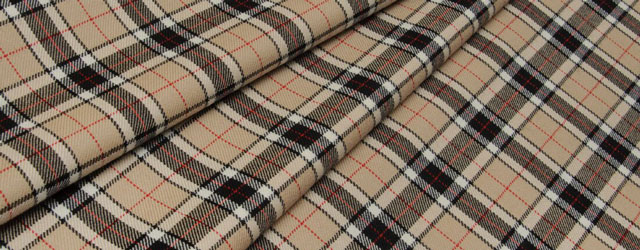

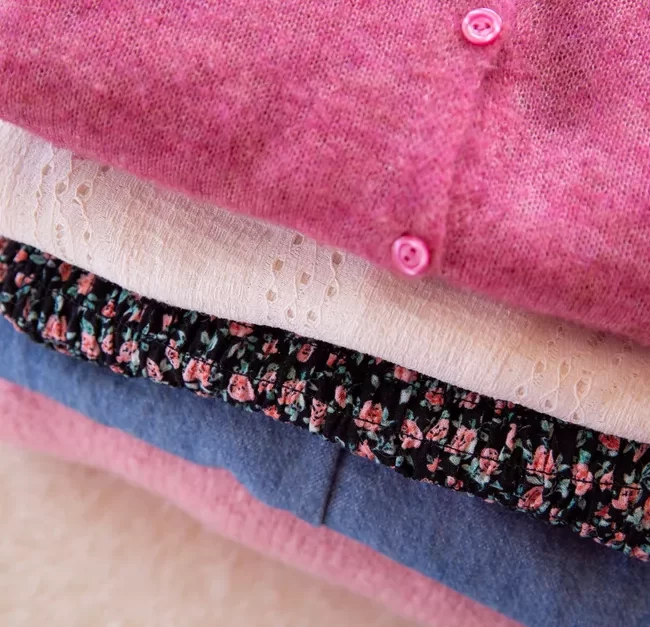
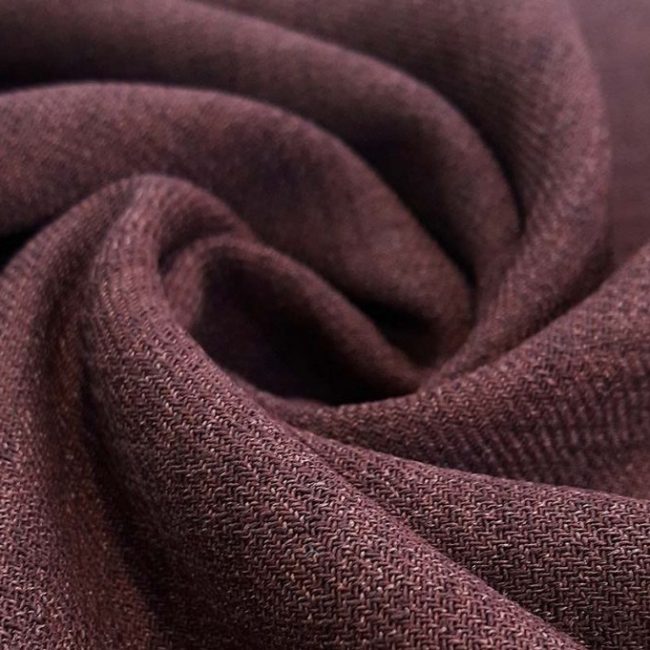
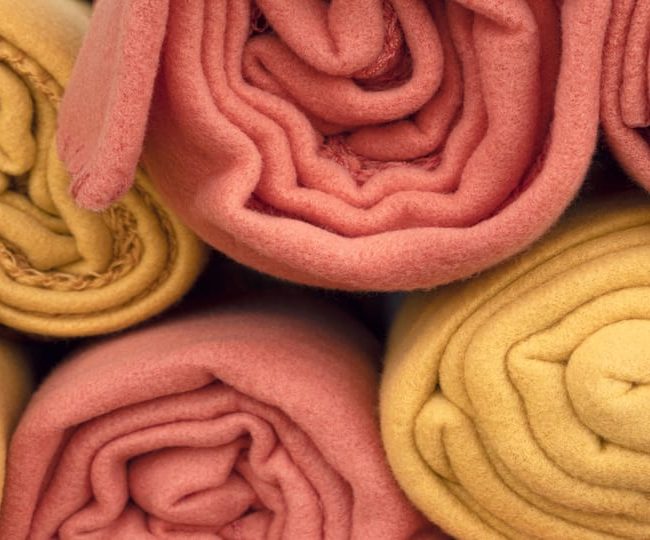
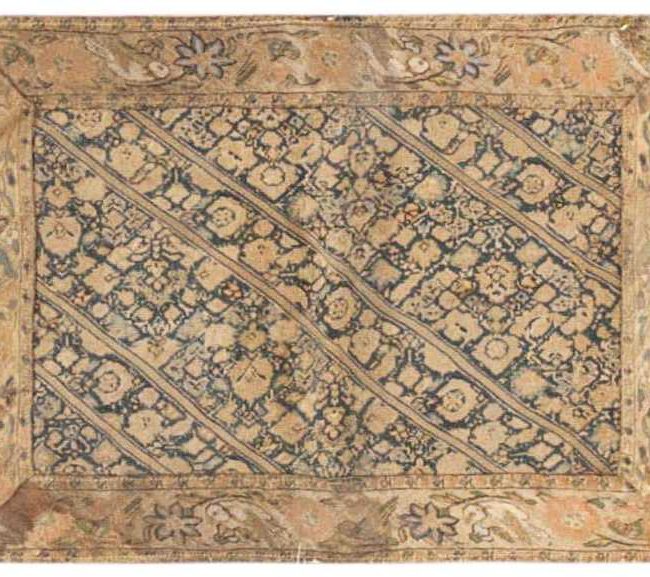




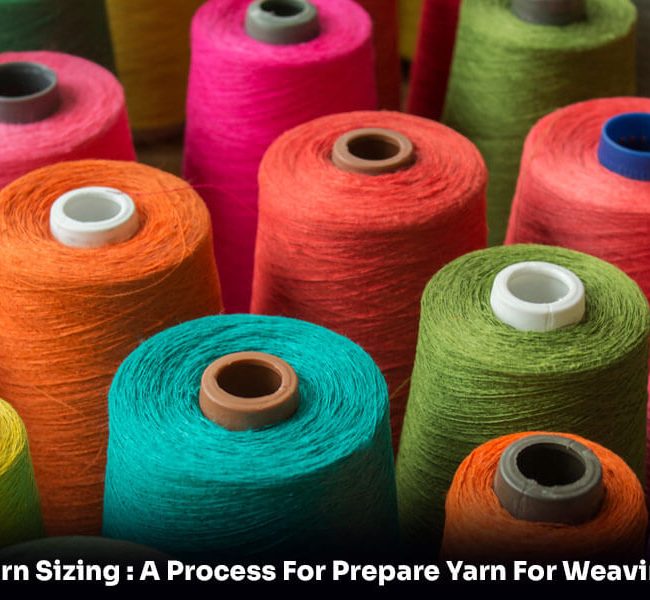

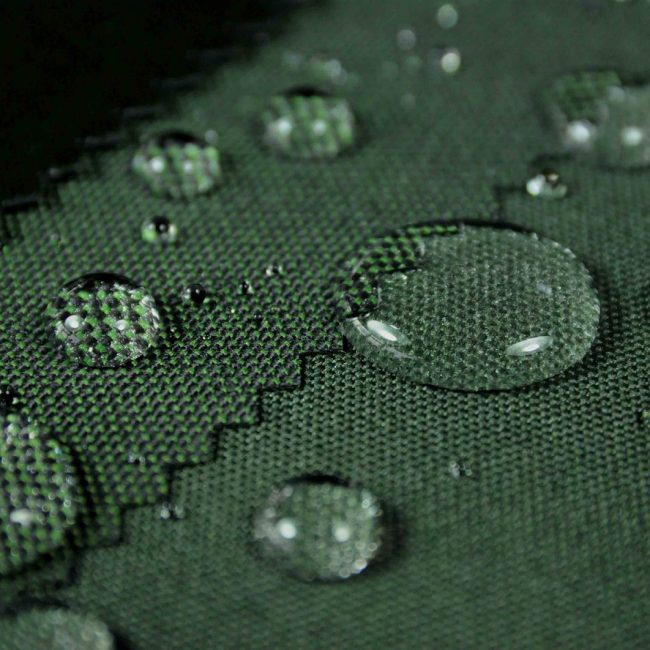

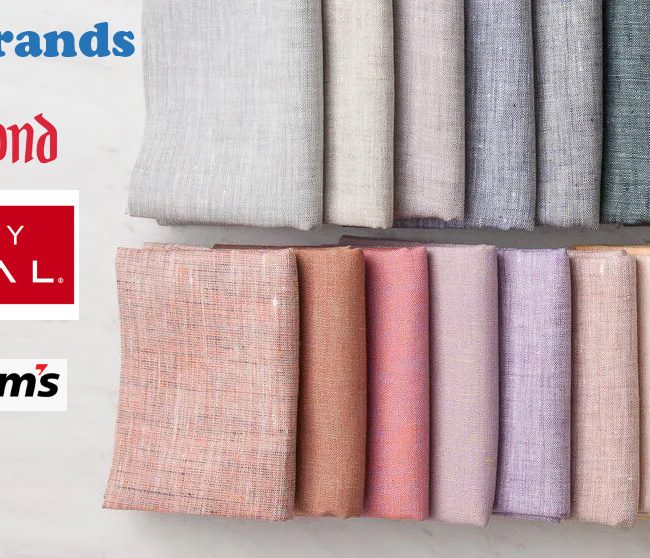

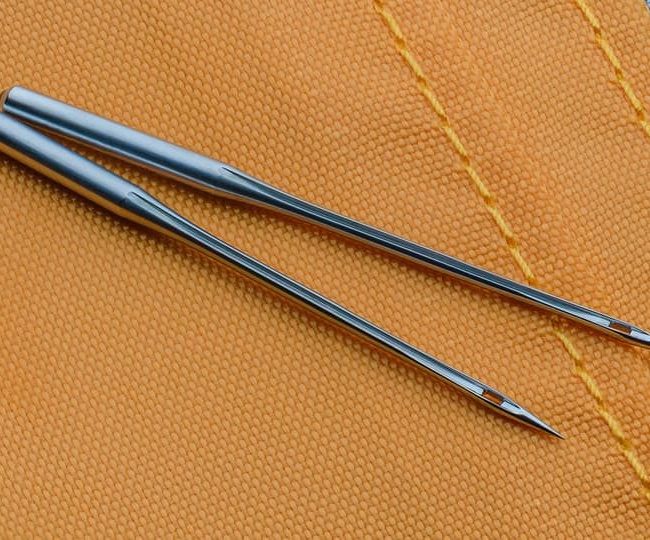
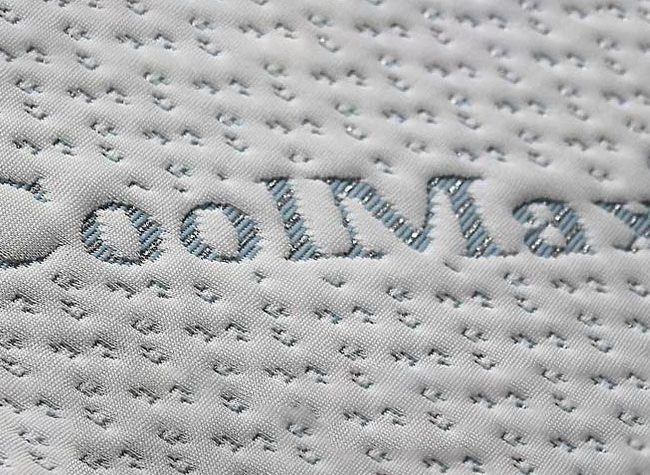
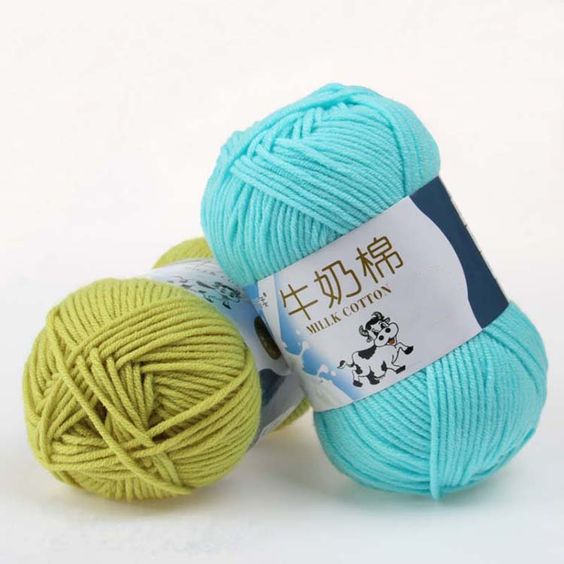

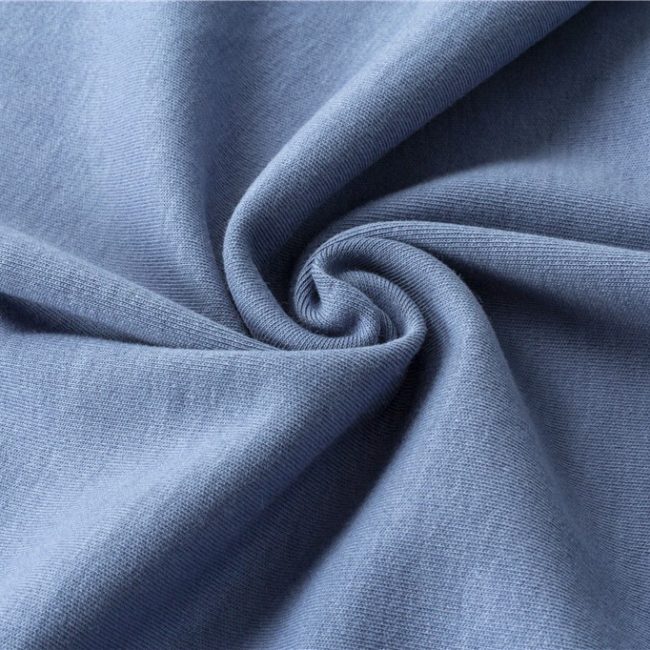
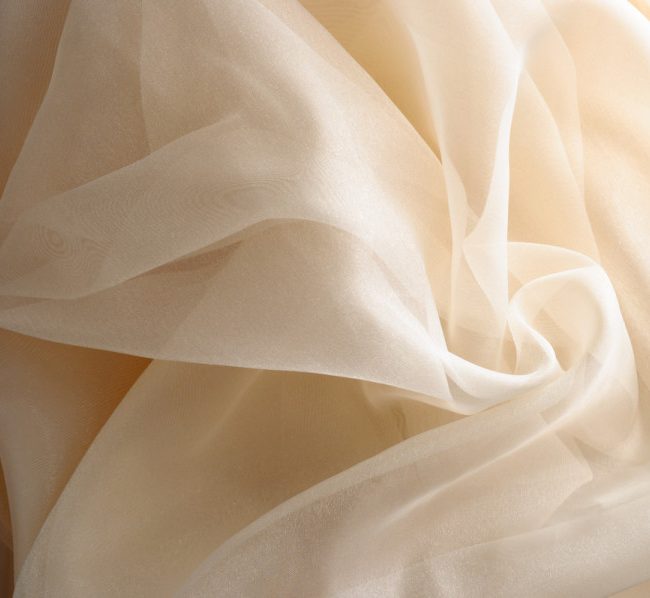
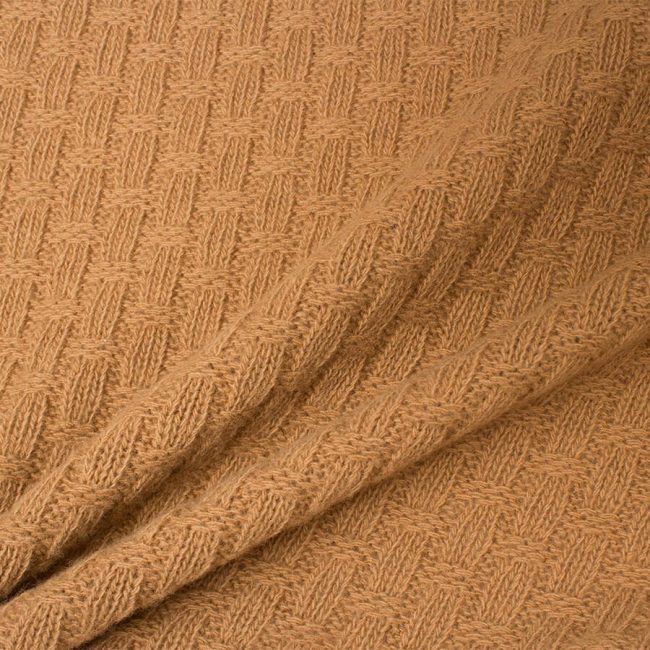
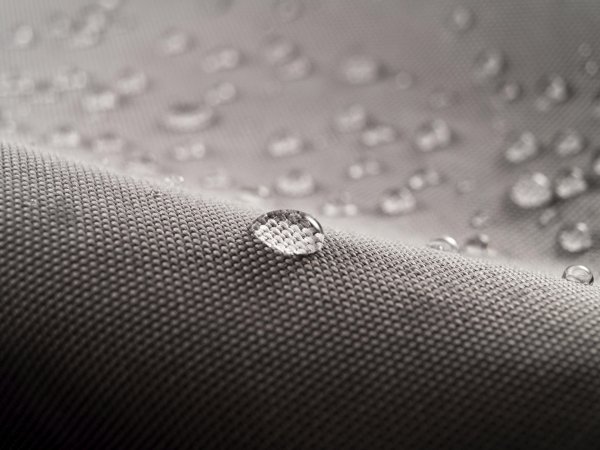
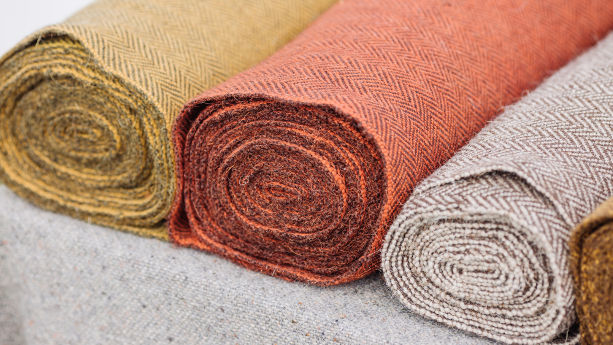
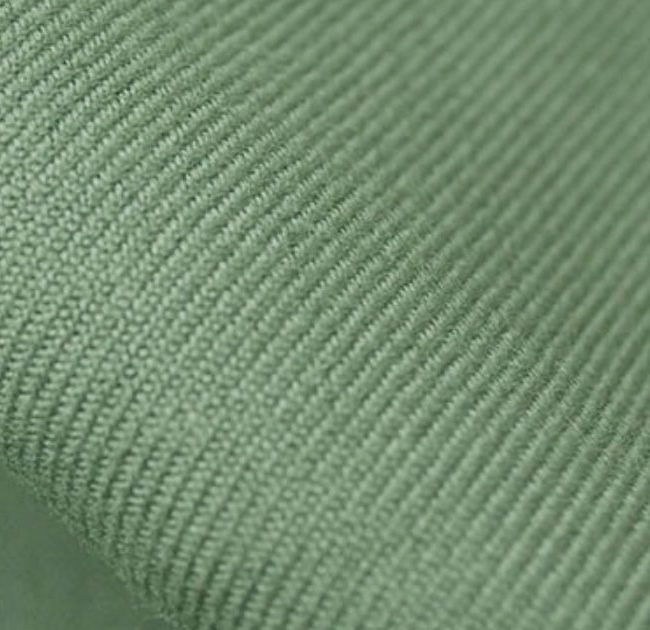
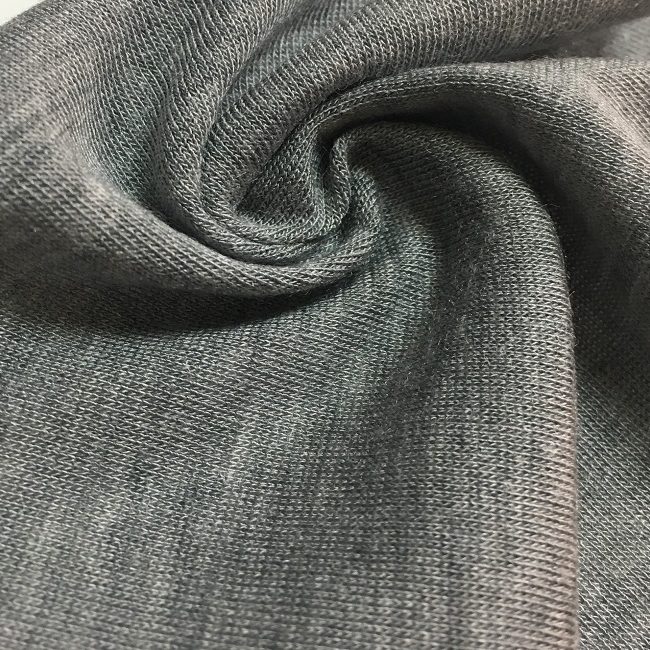

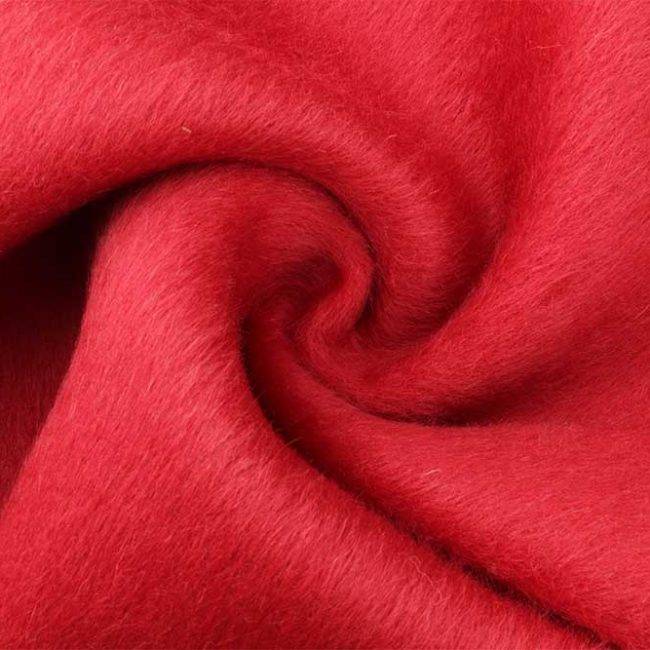
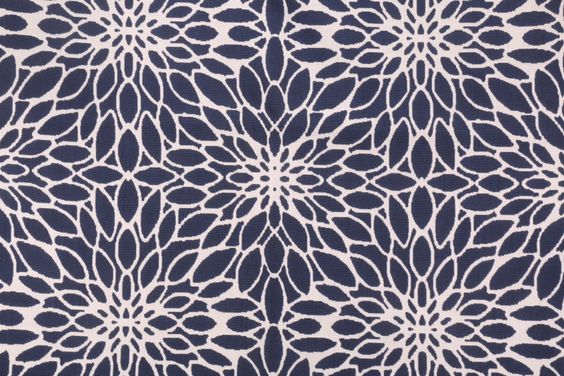

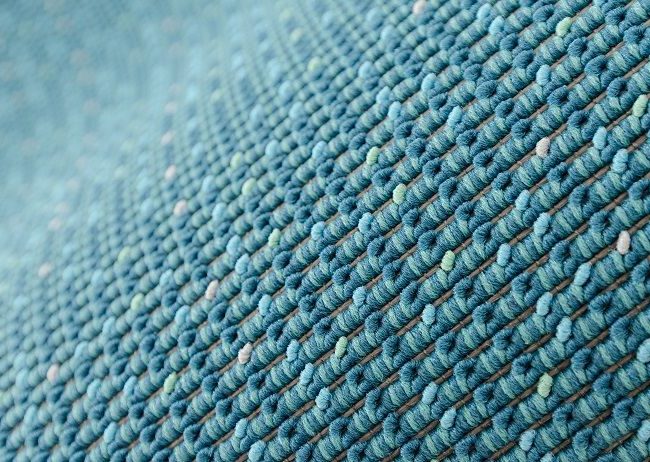



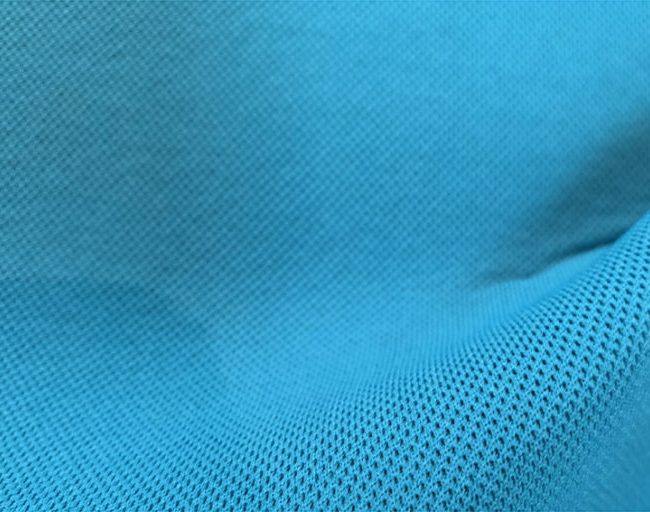
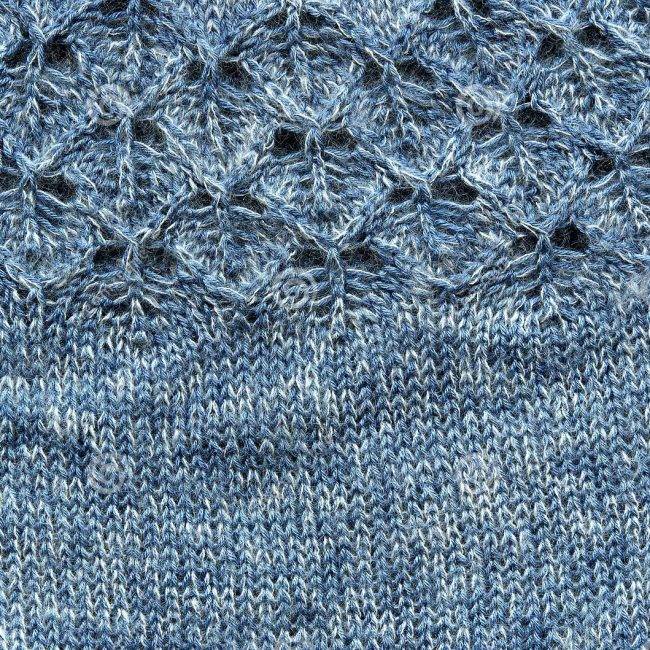


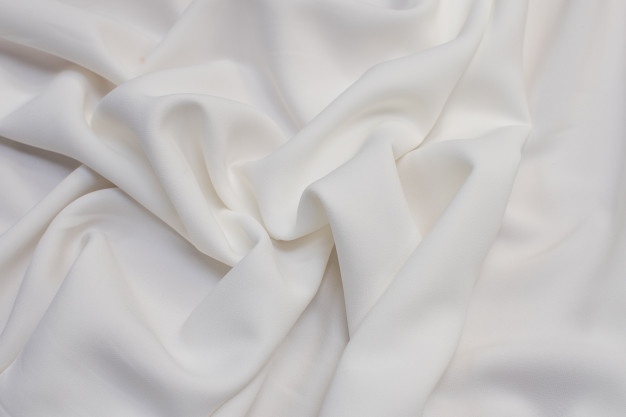
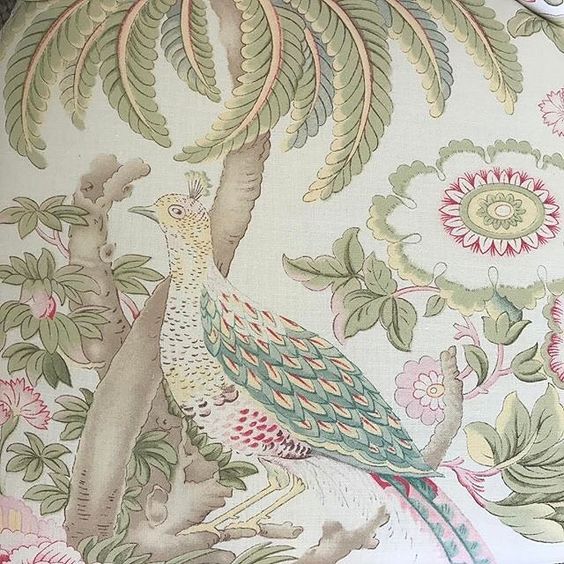
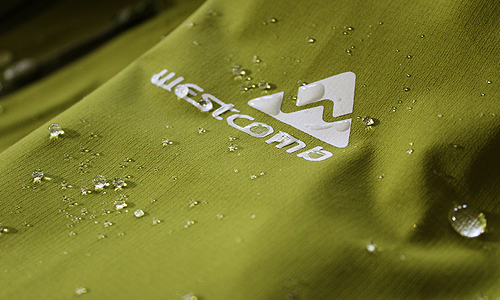
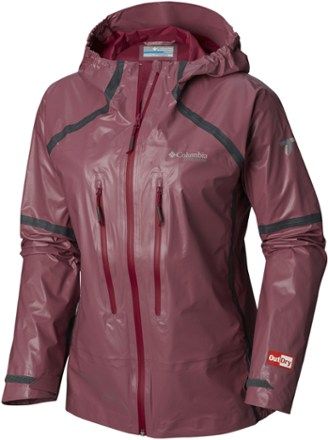

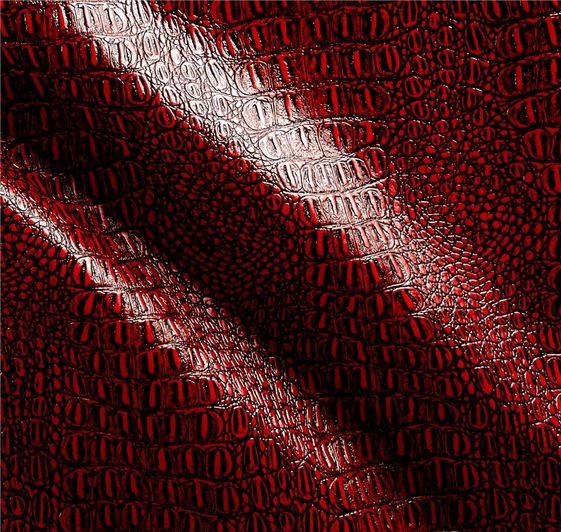
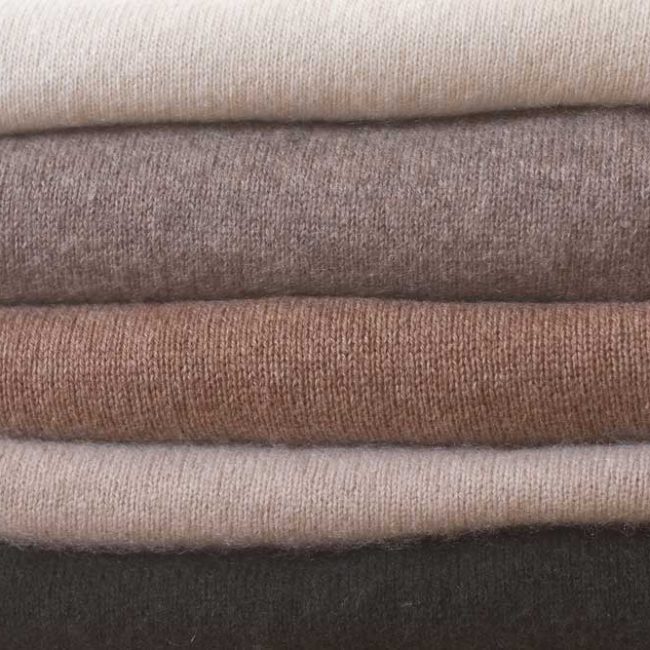
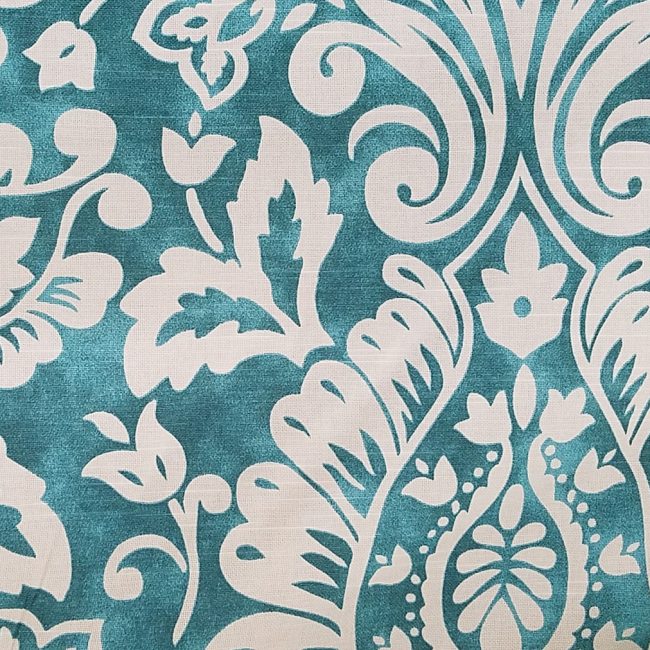
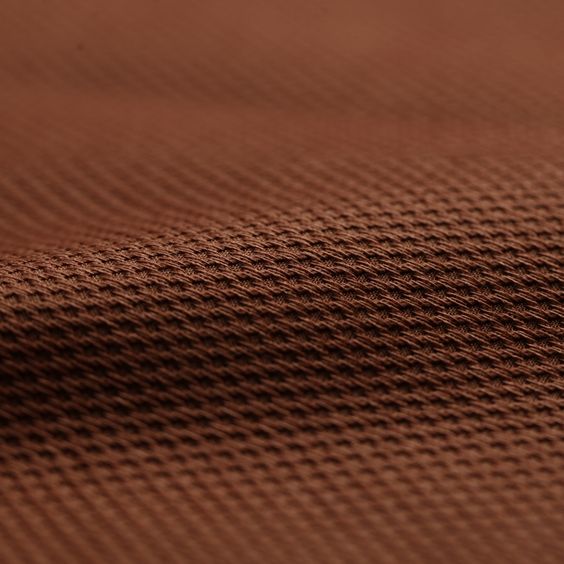
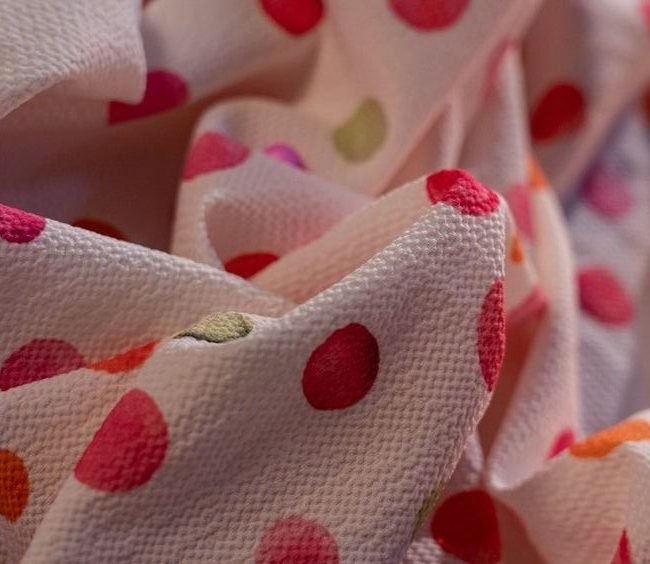

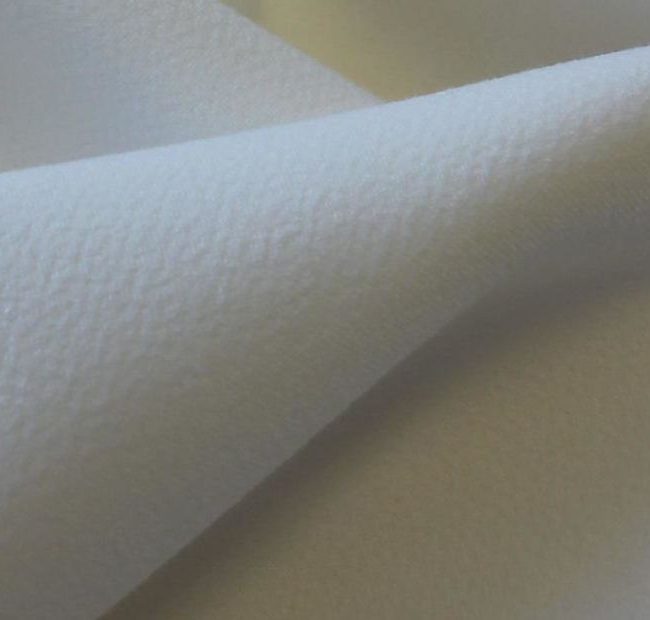
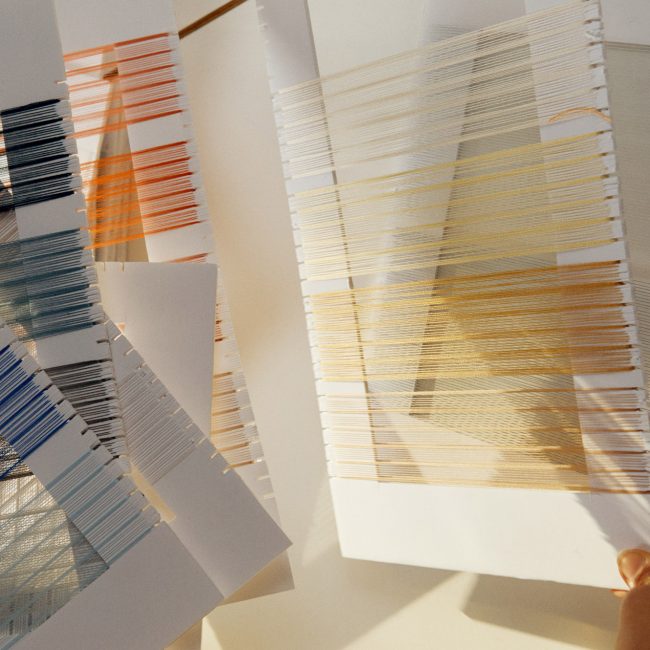
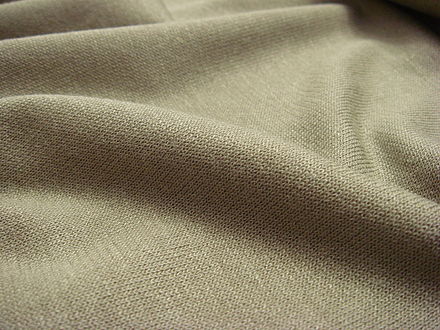


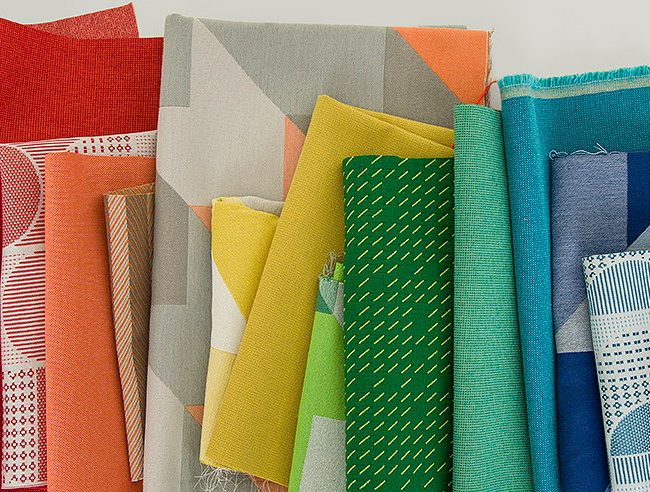











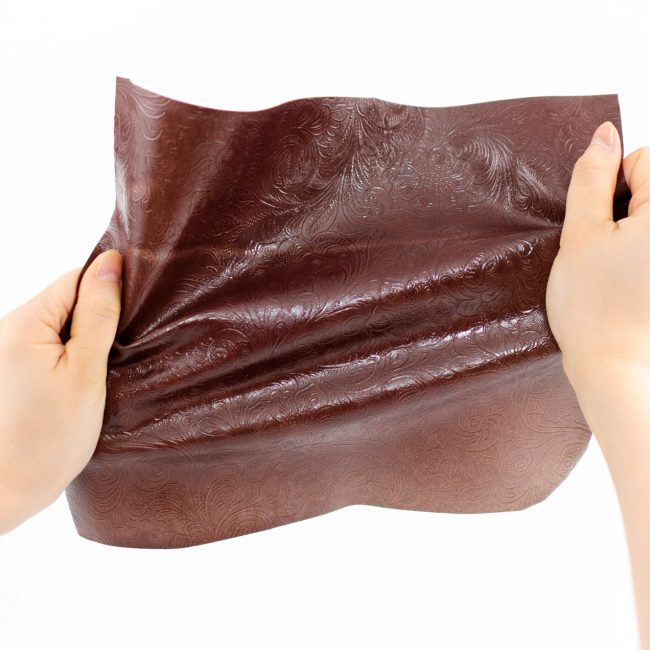






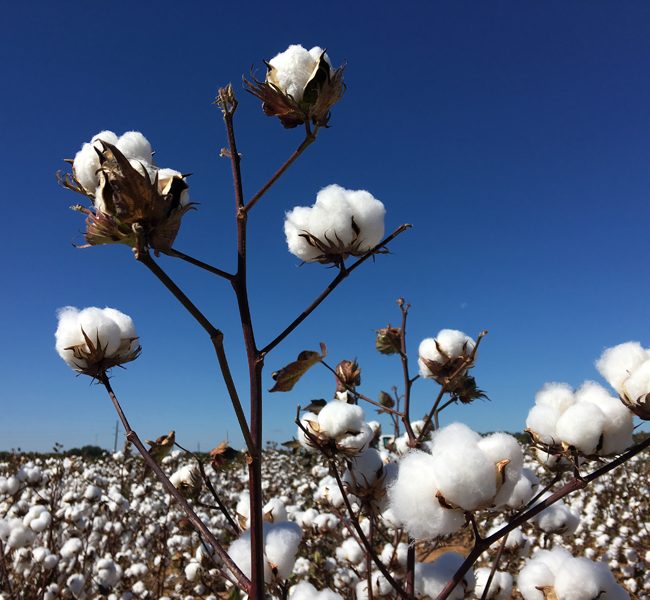

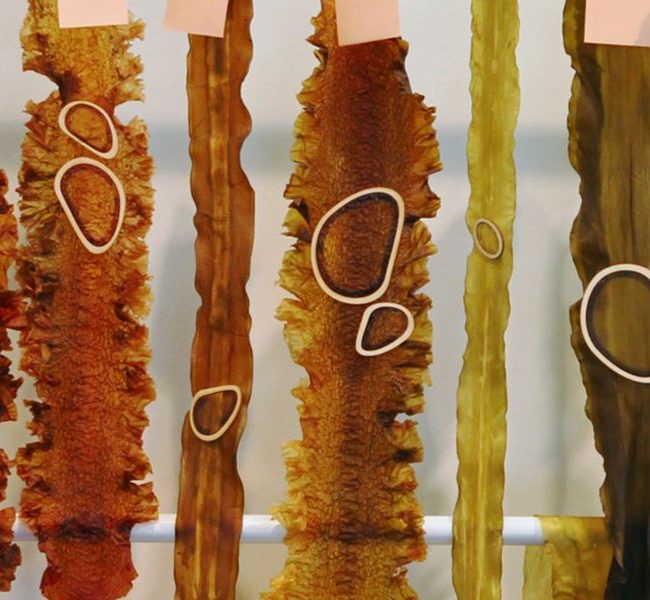
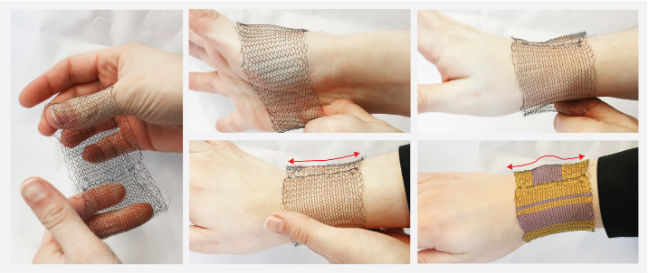

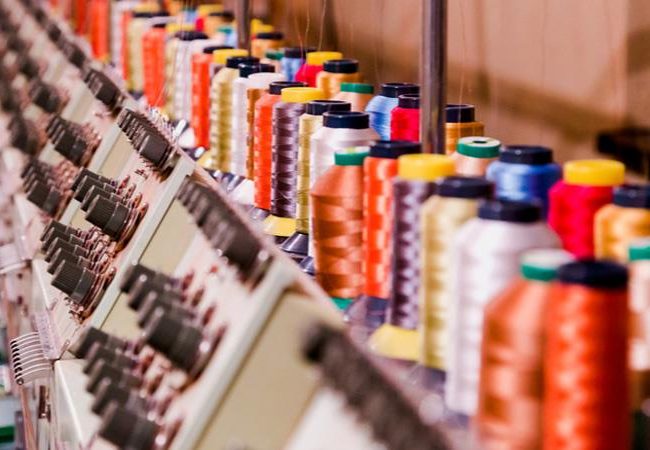
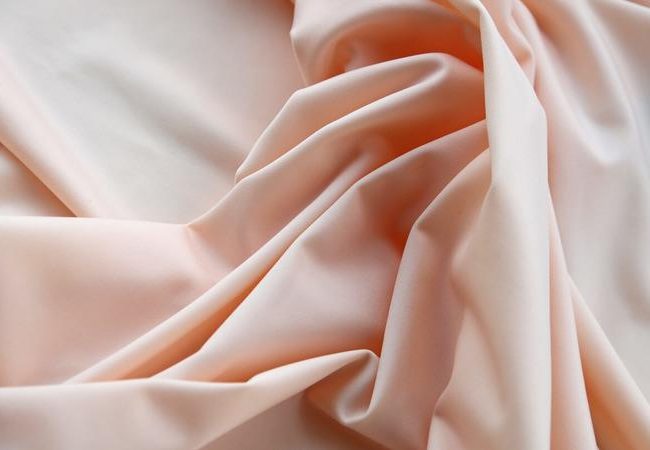


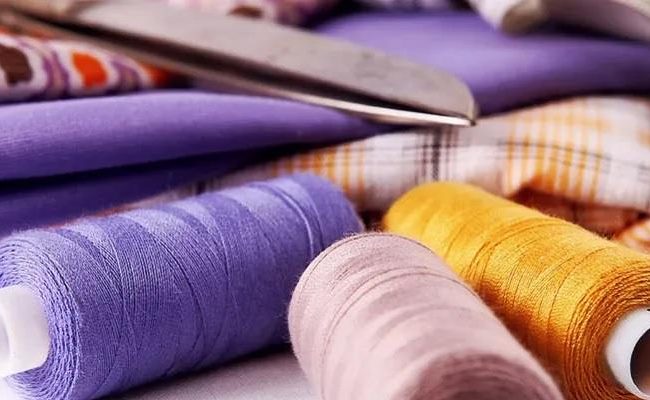







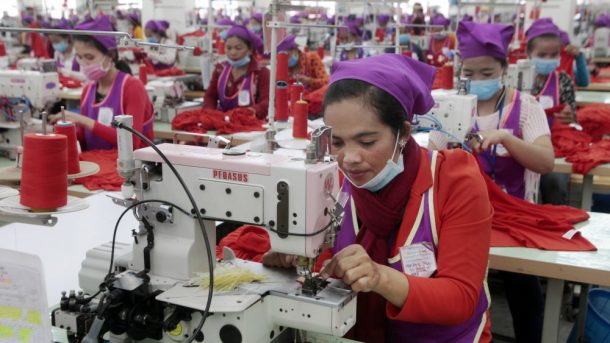




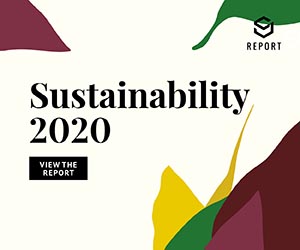

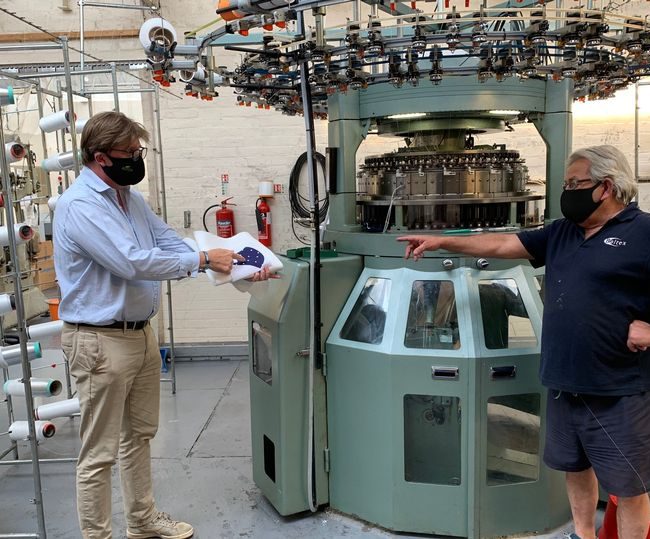


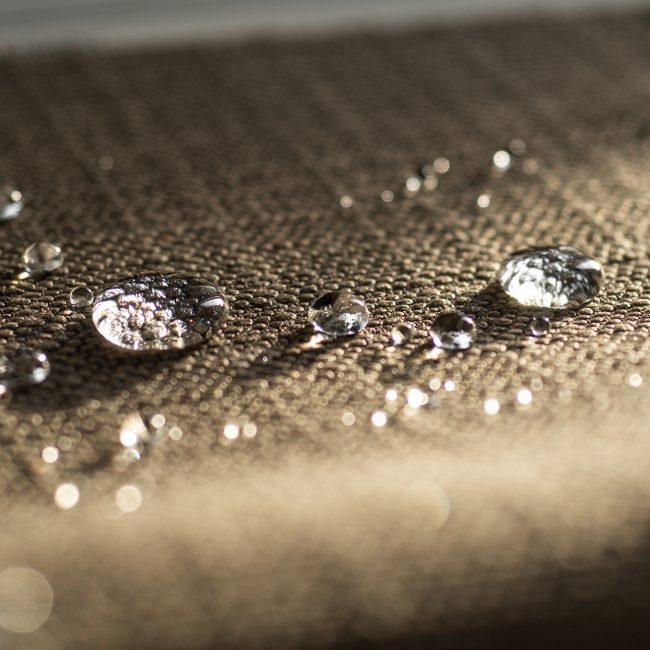




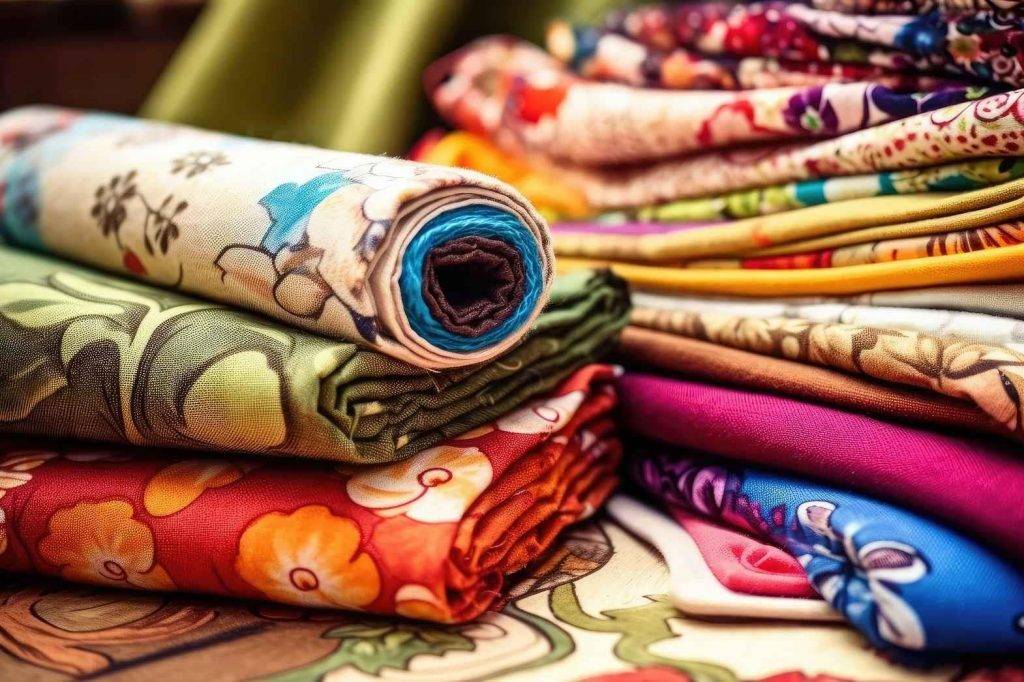


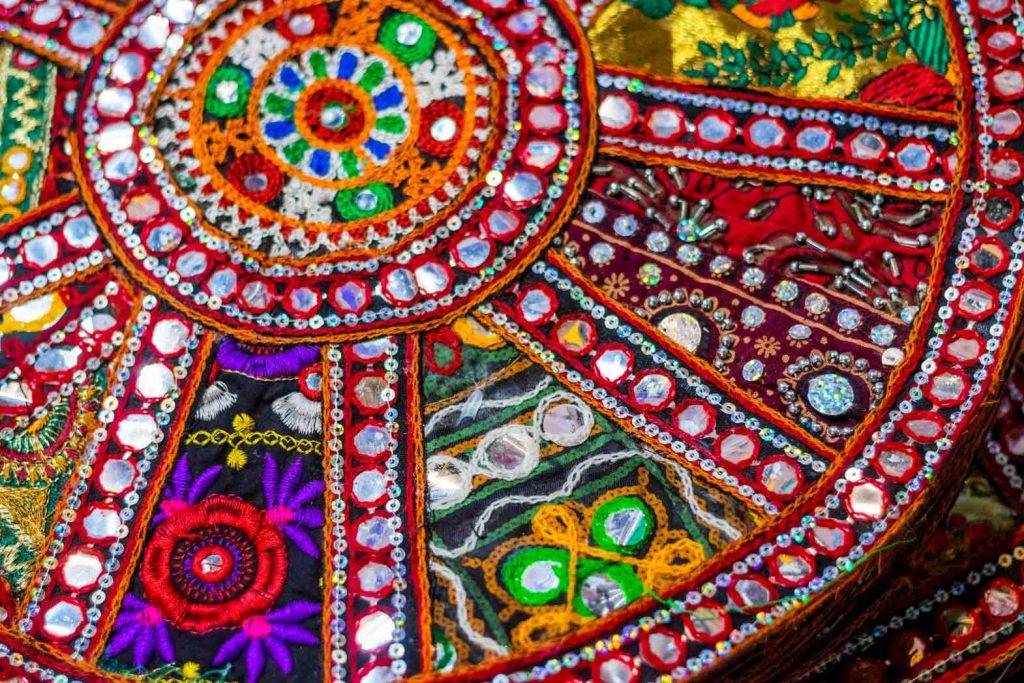
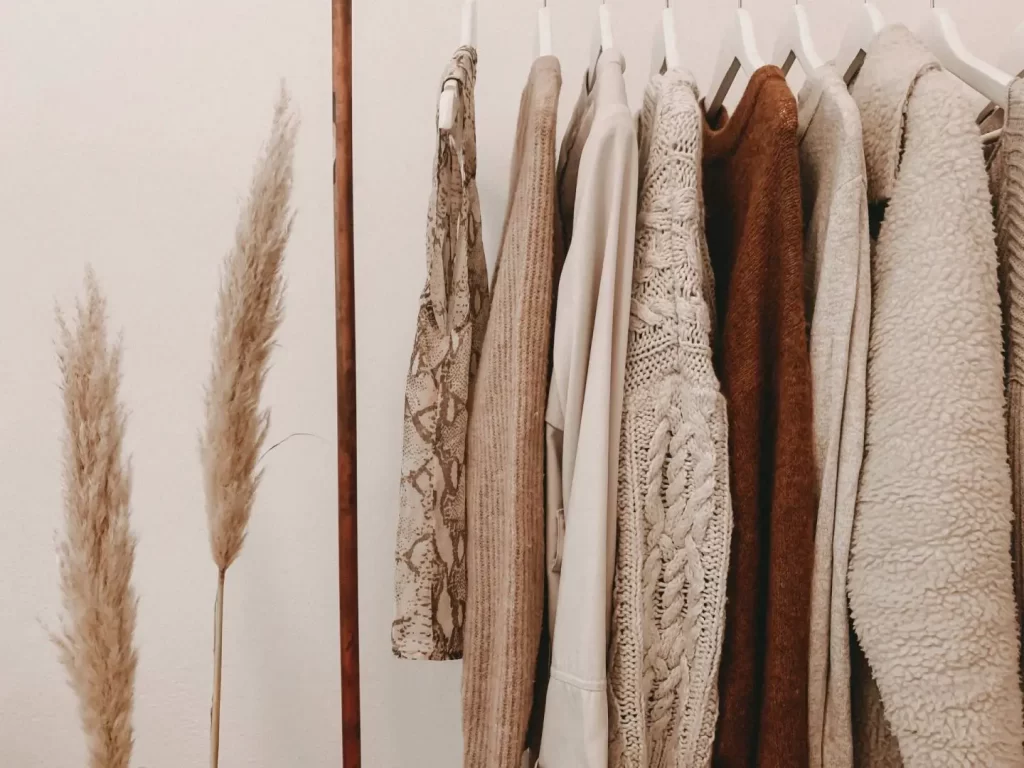
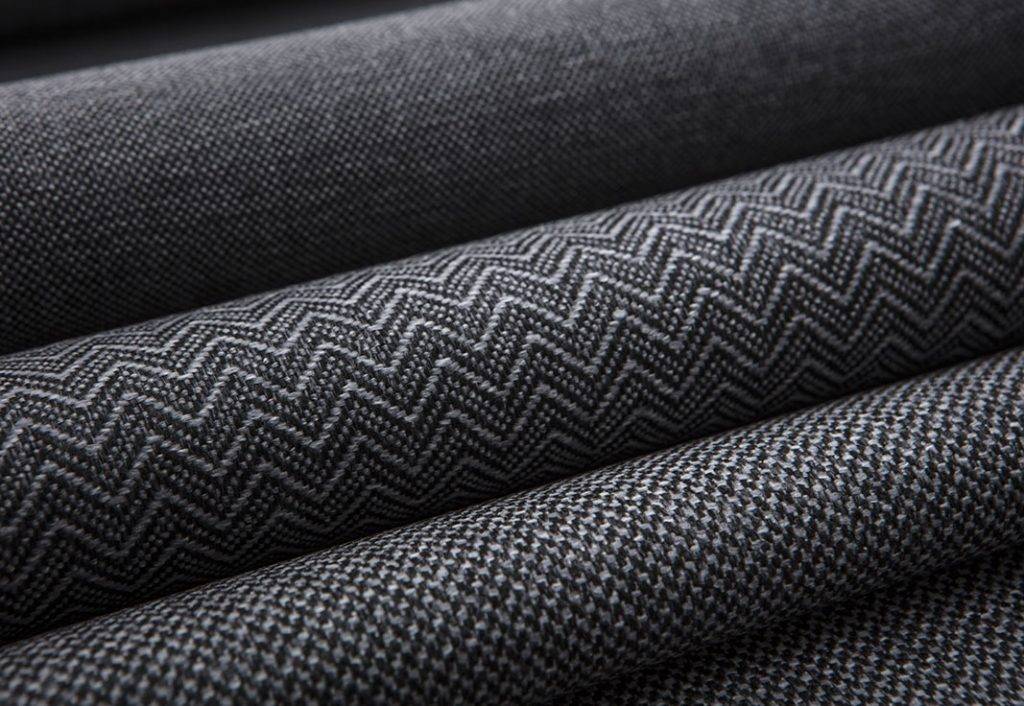
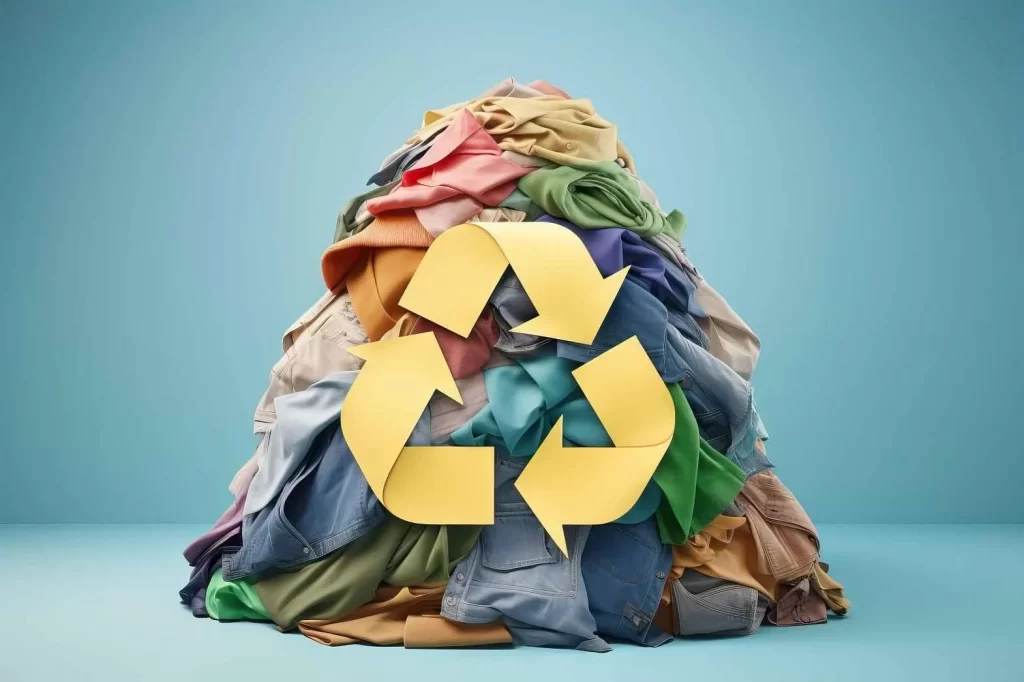

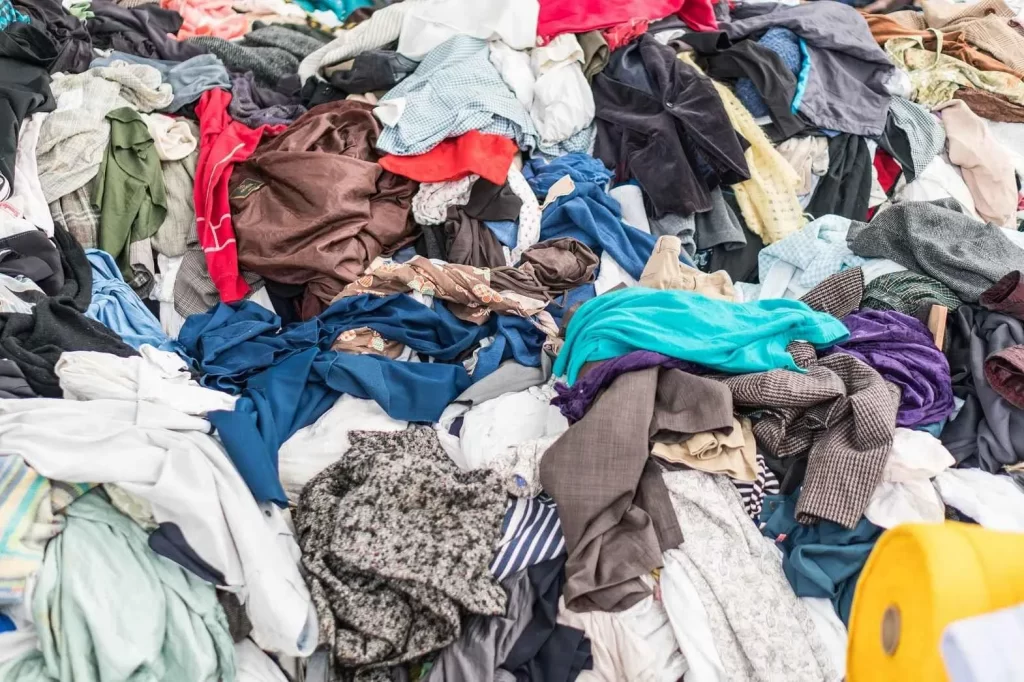
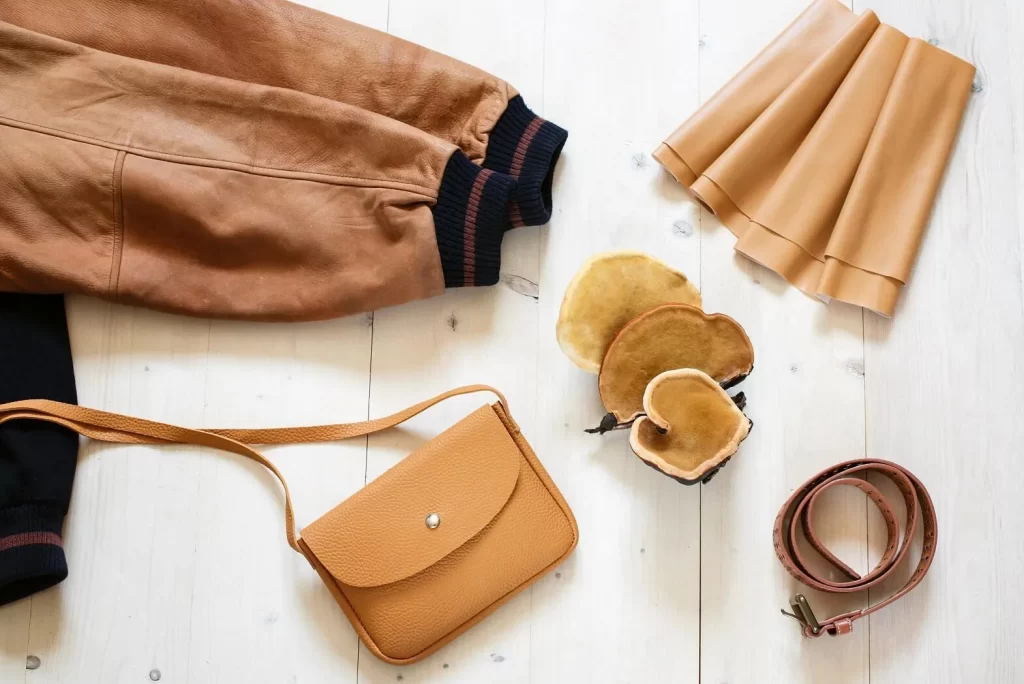
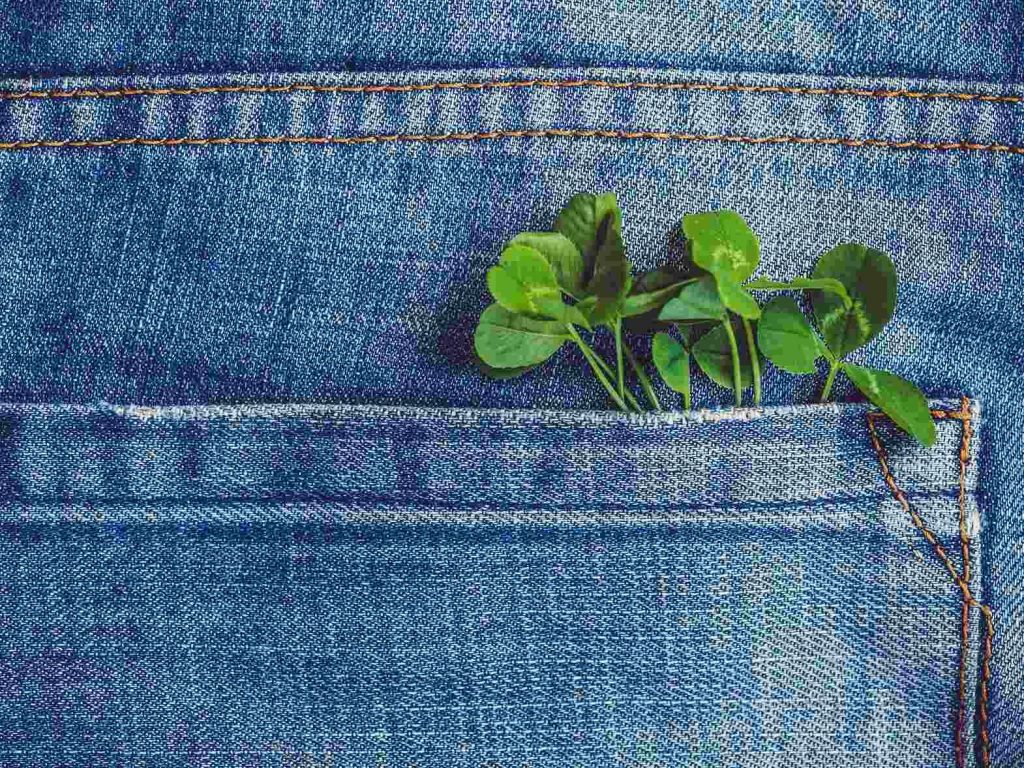


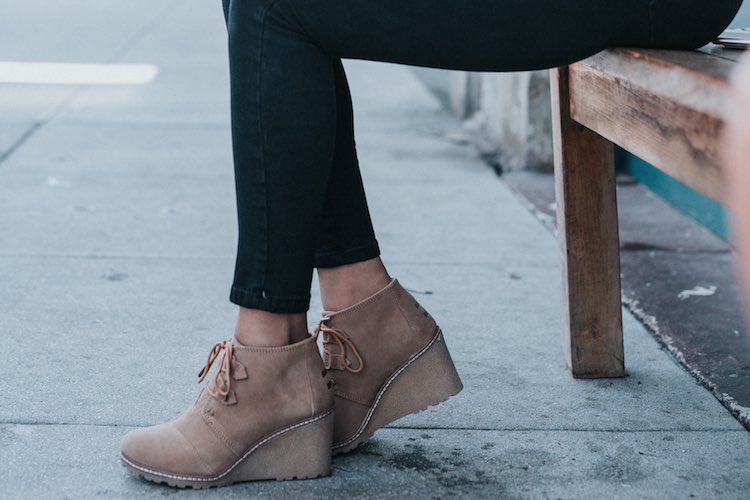
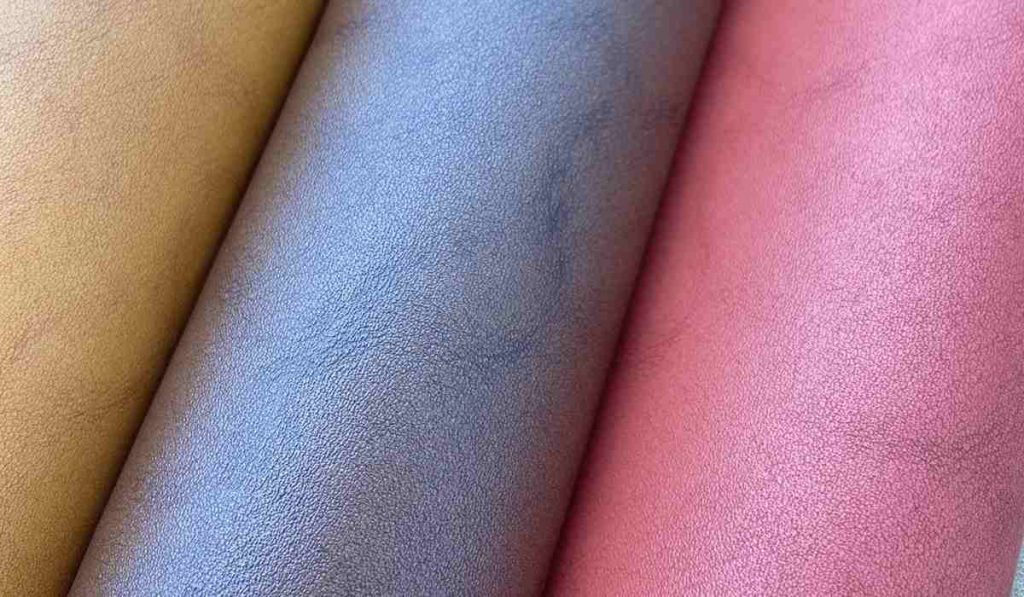
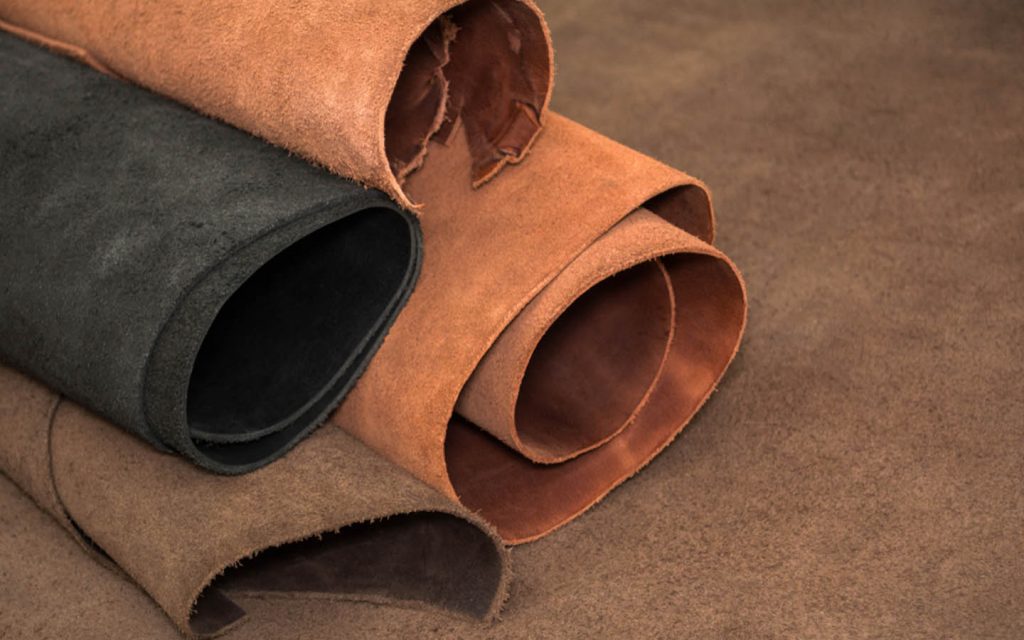

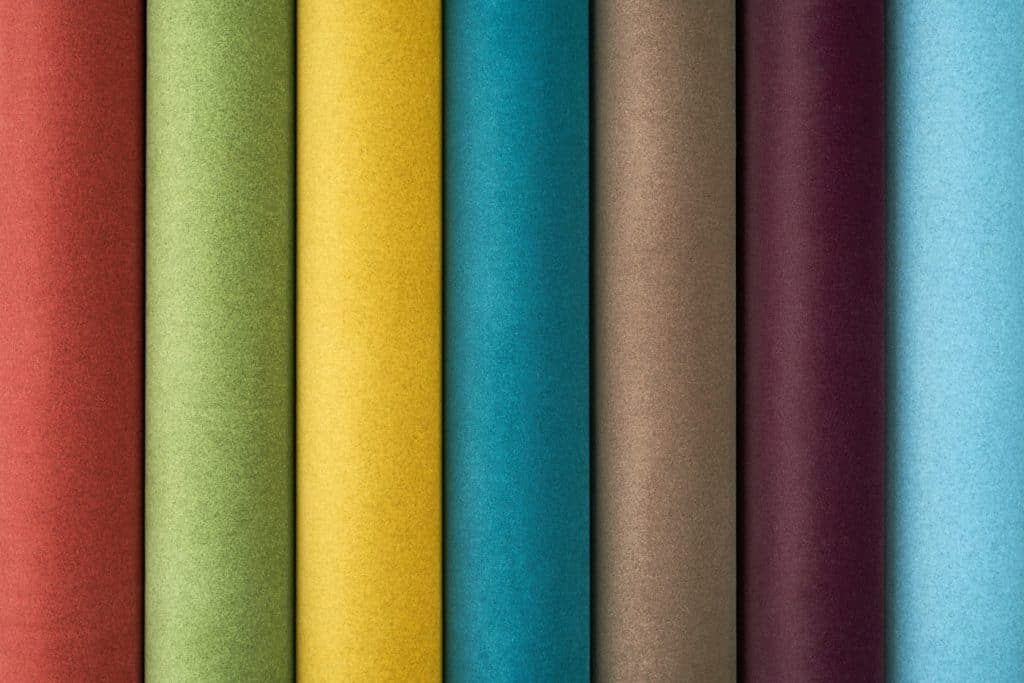
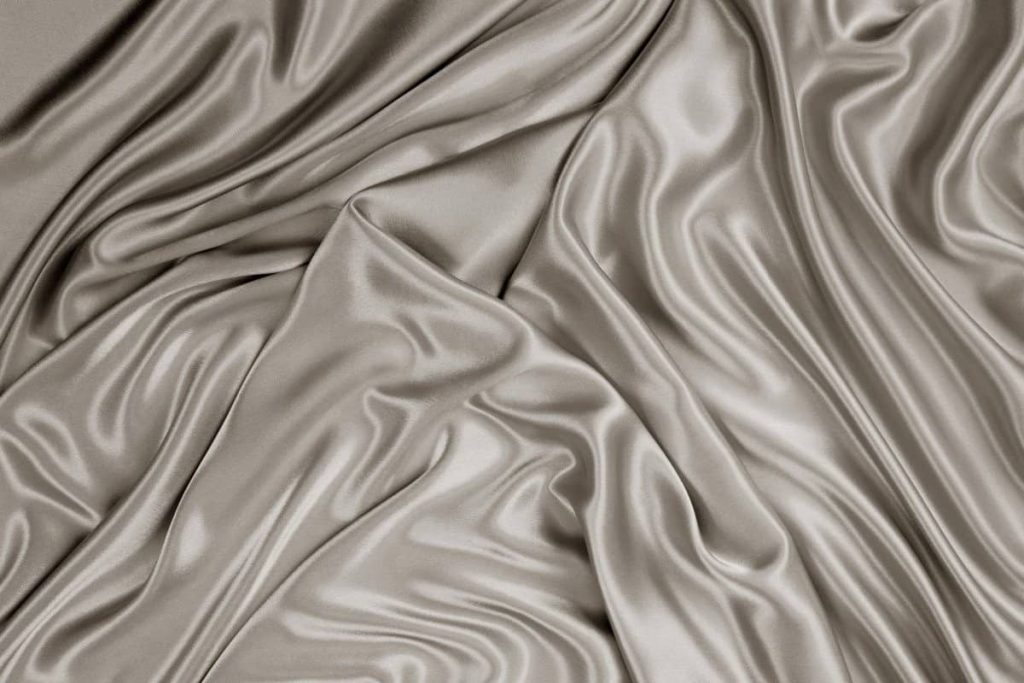






Pingback: Libero - Lawyer and Law Firm Theme Preview - ThemeForest